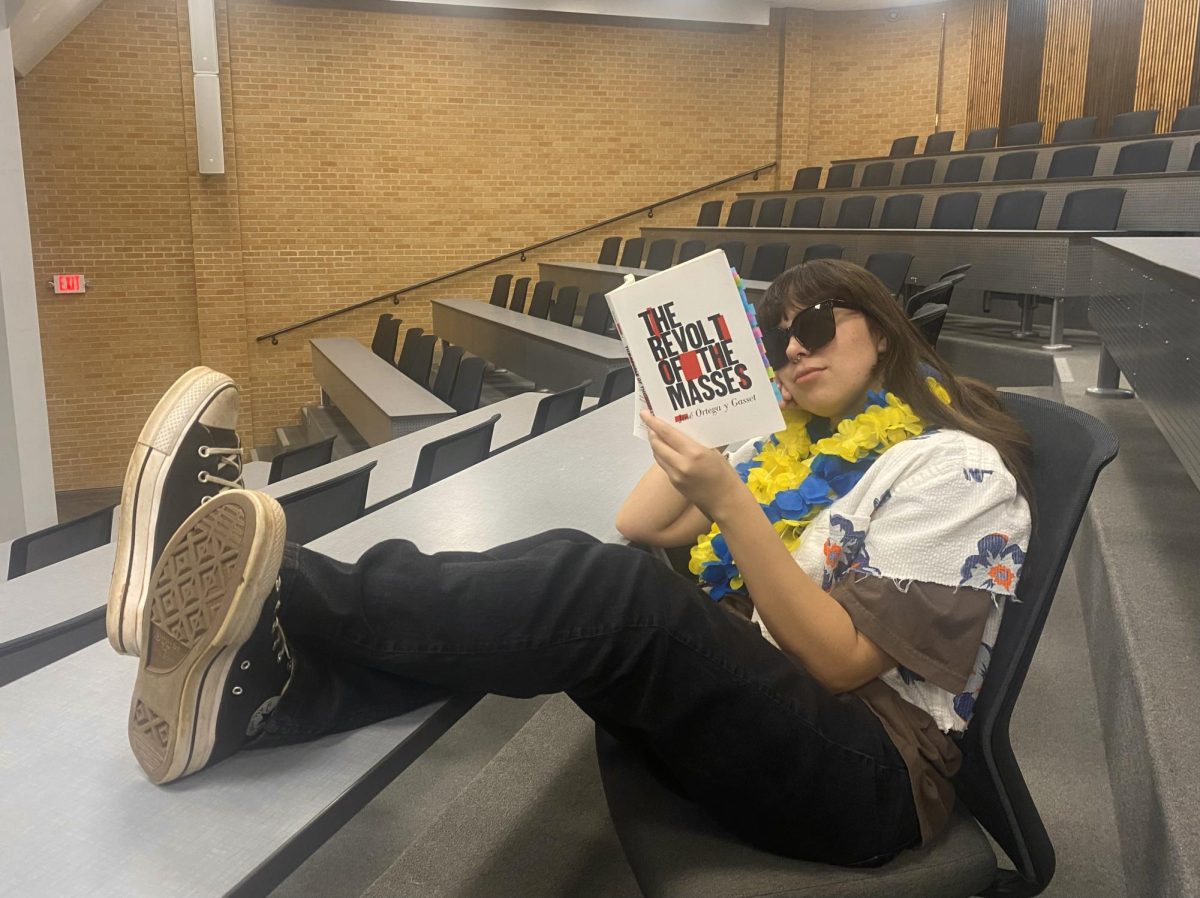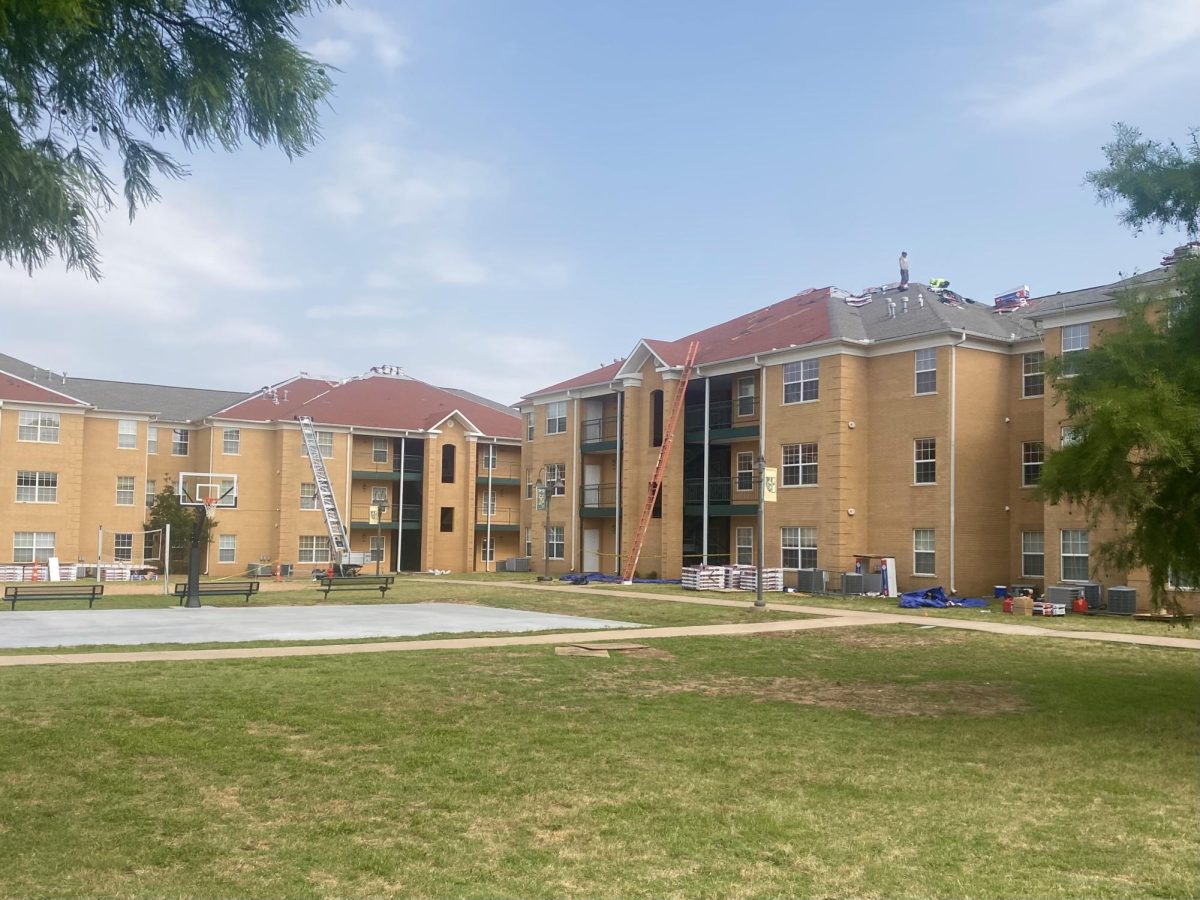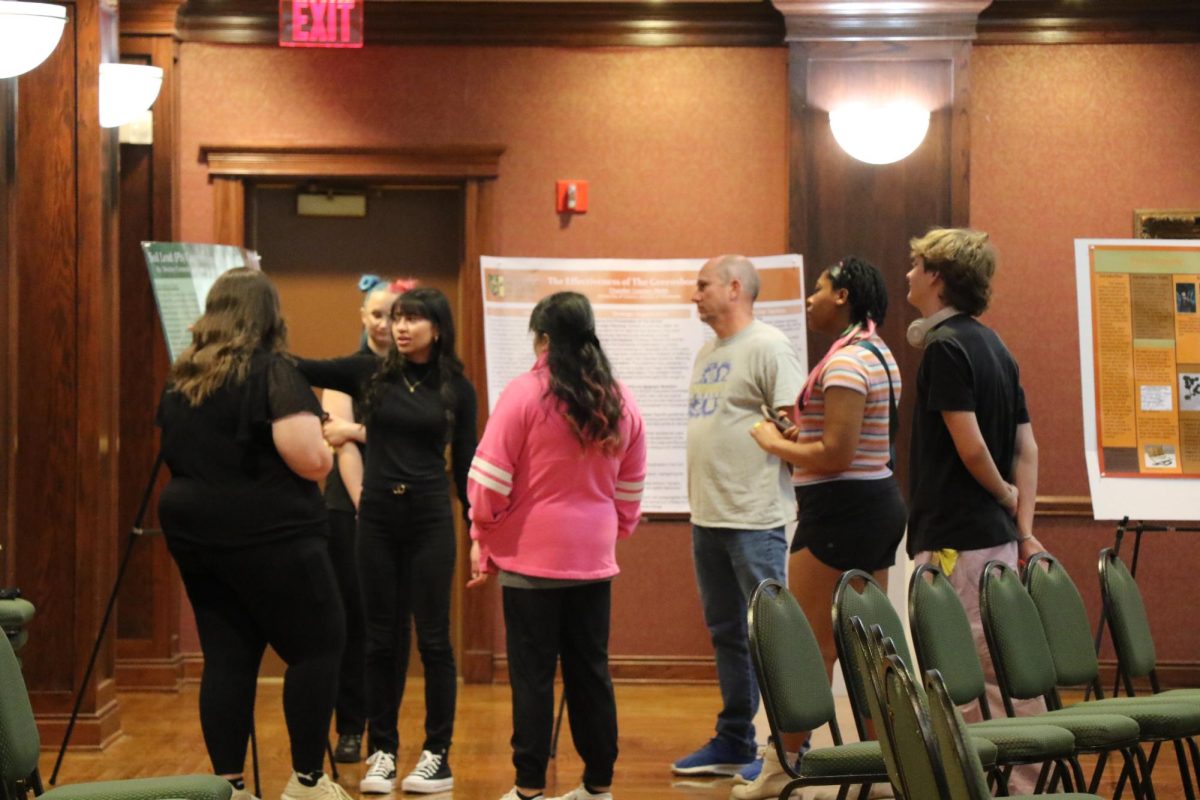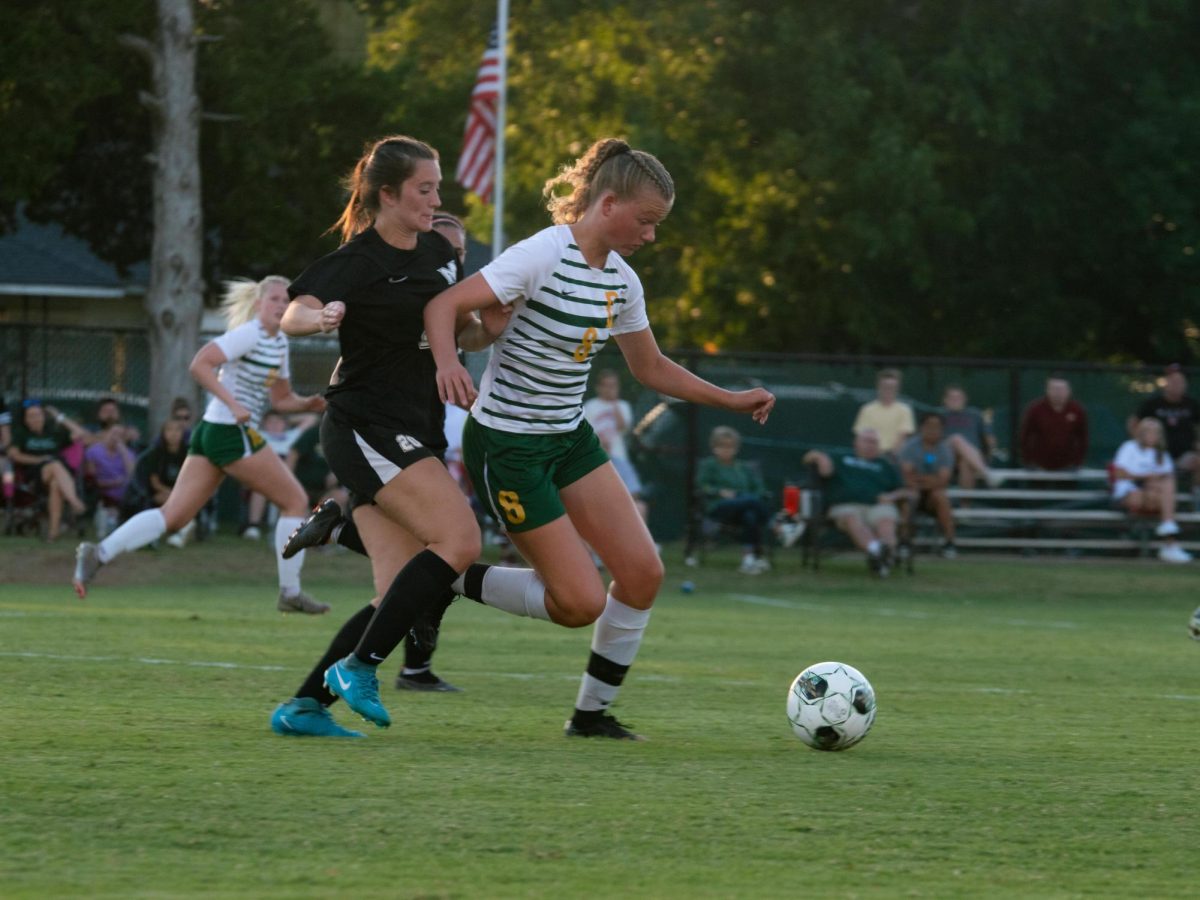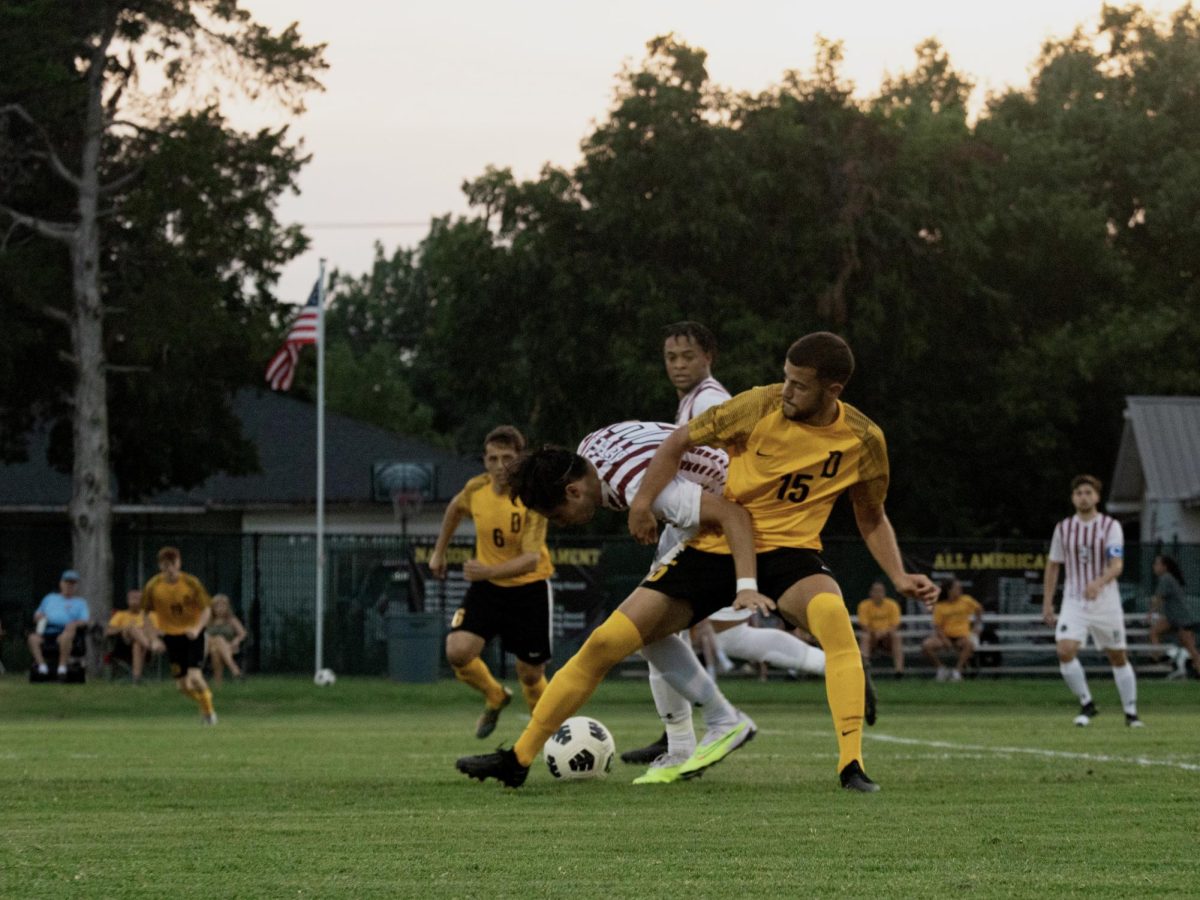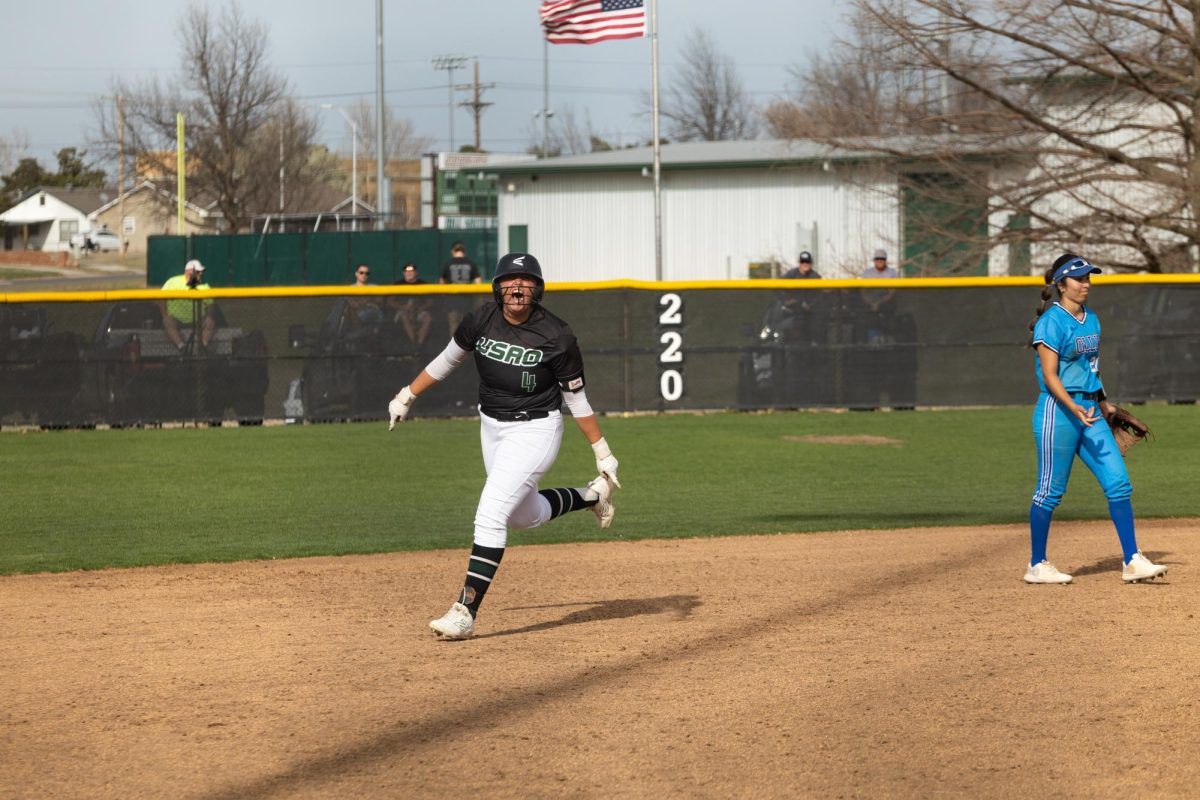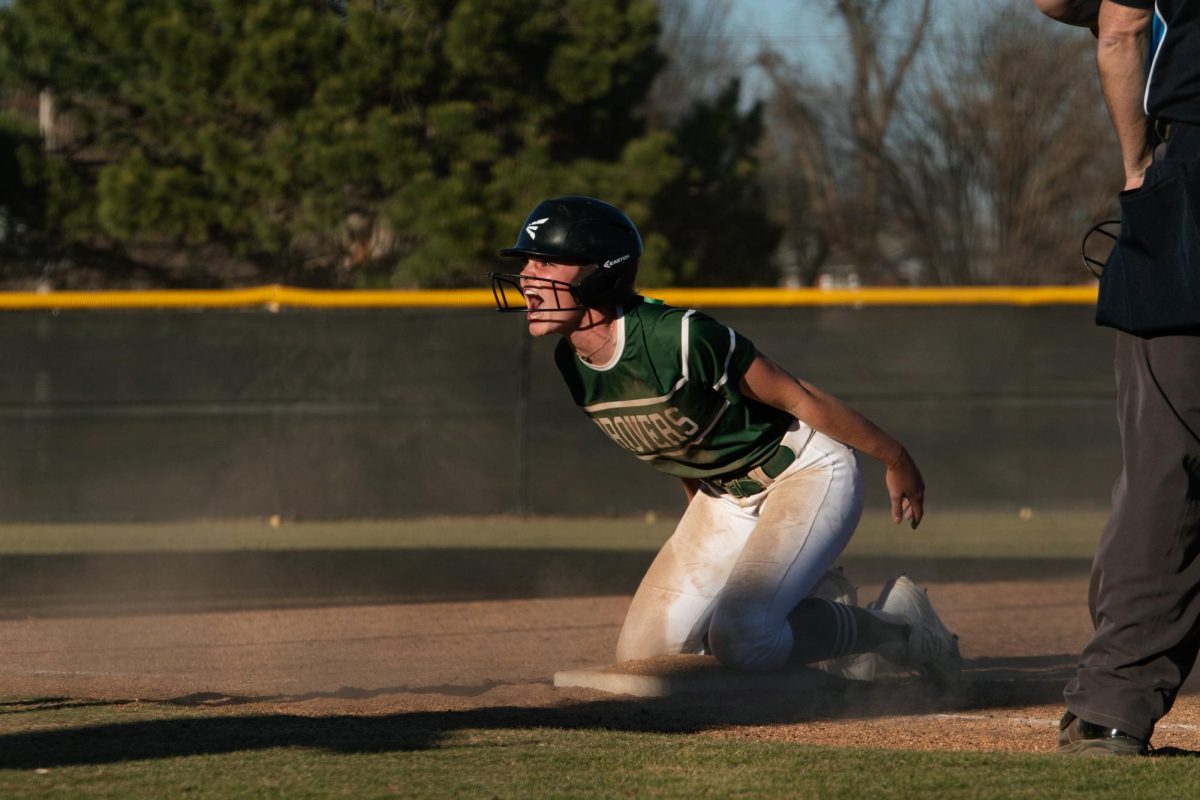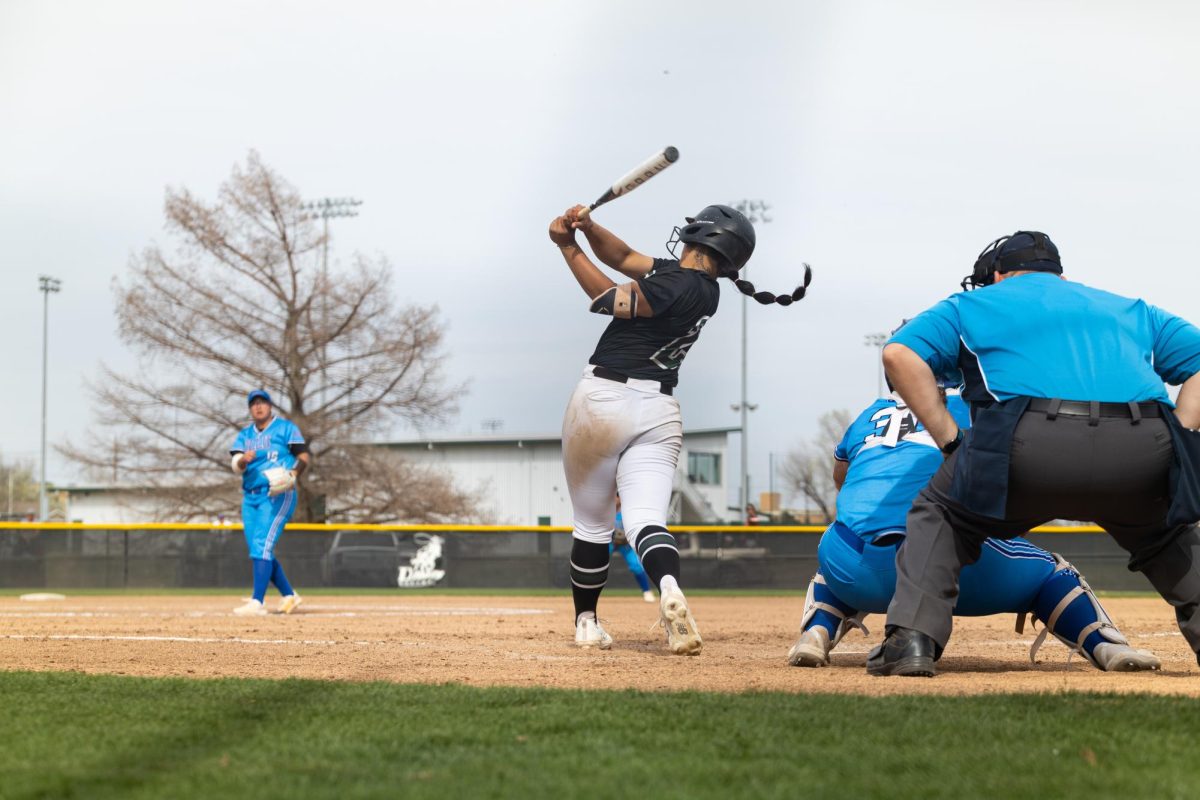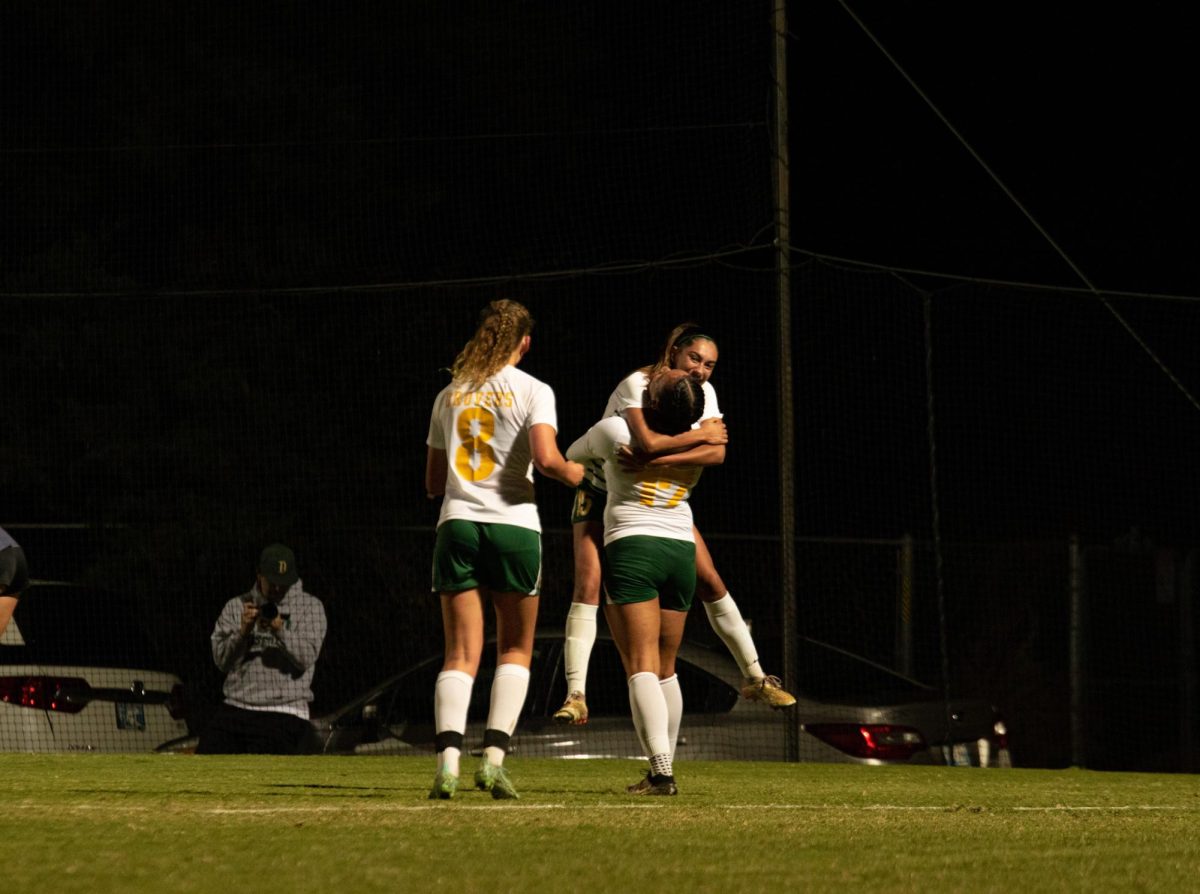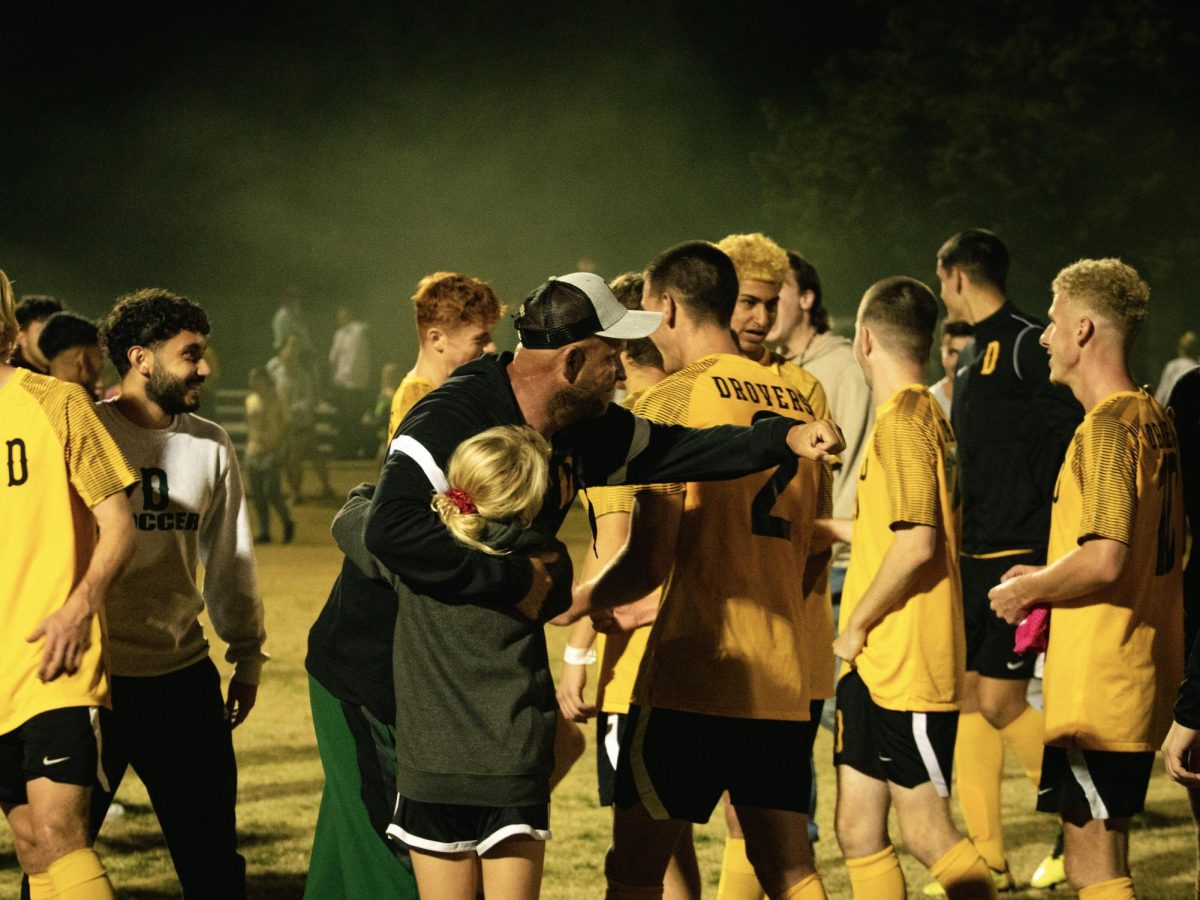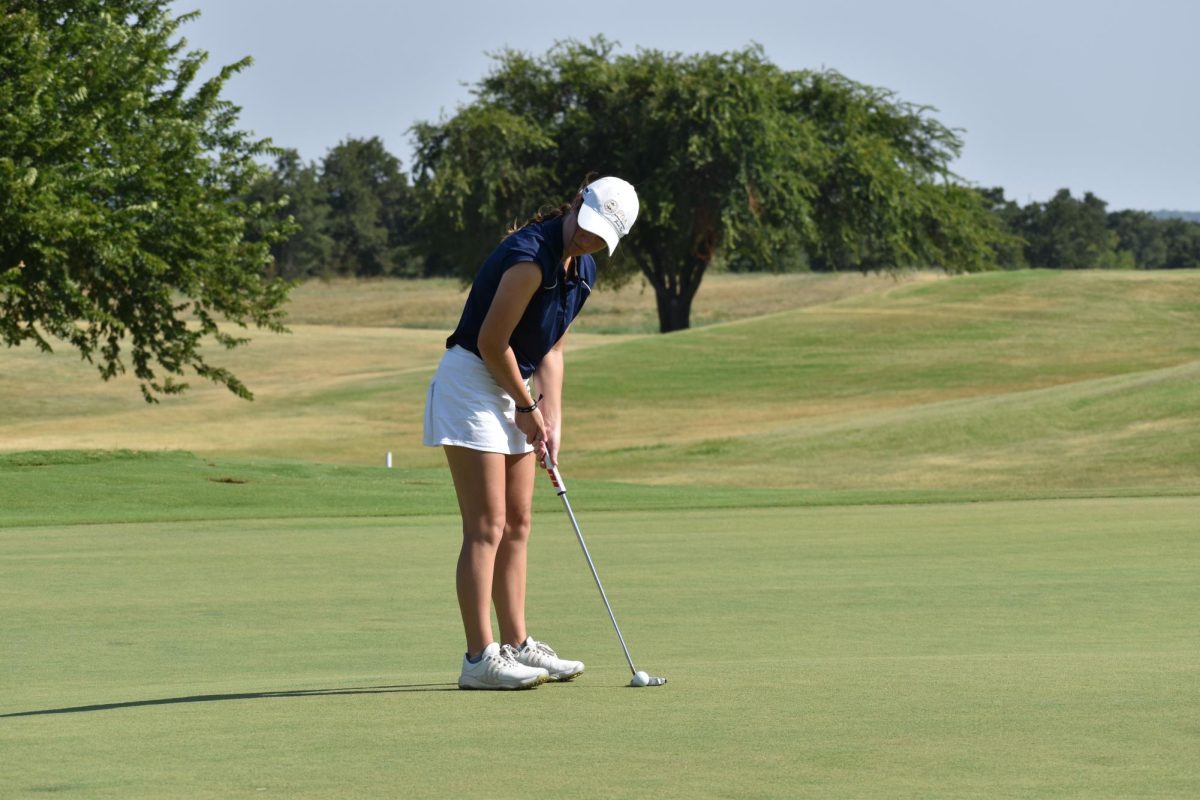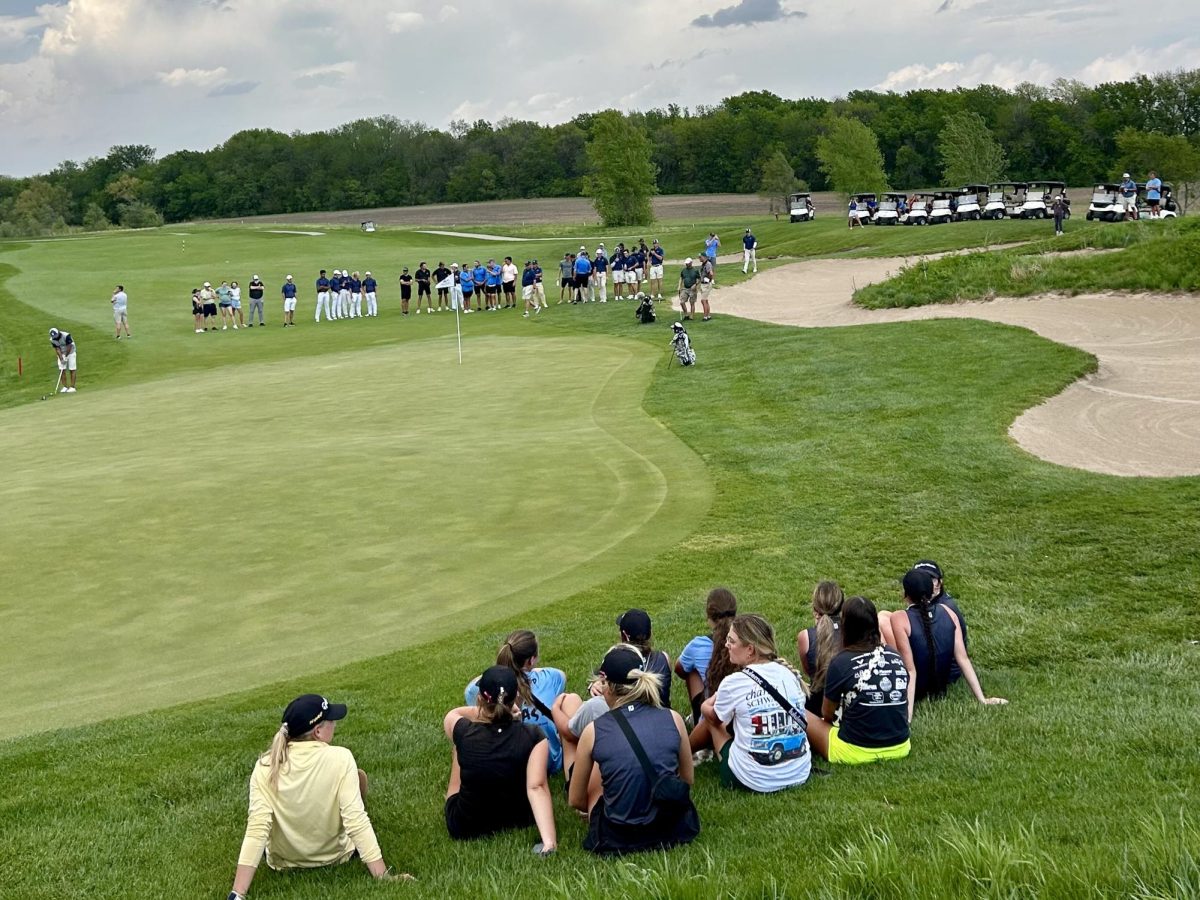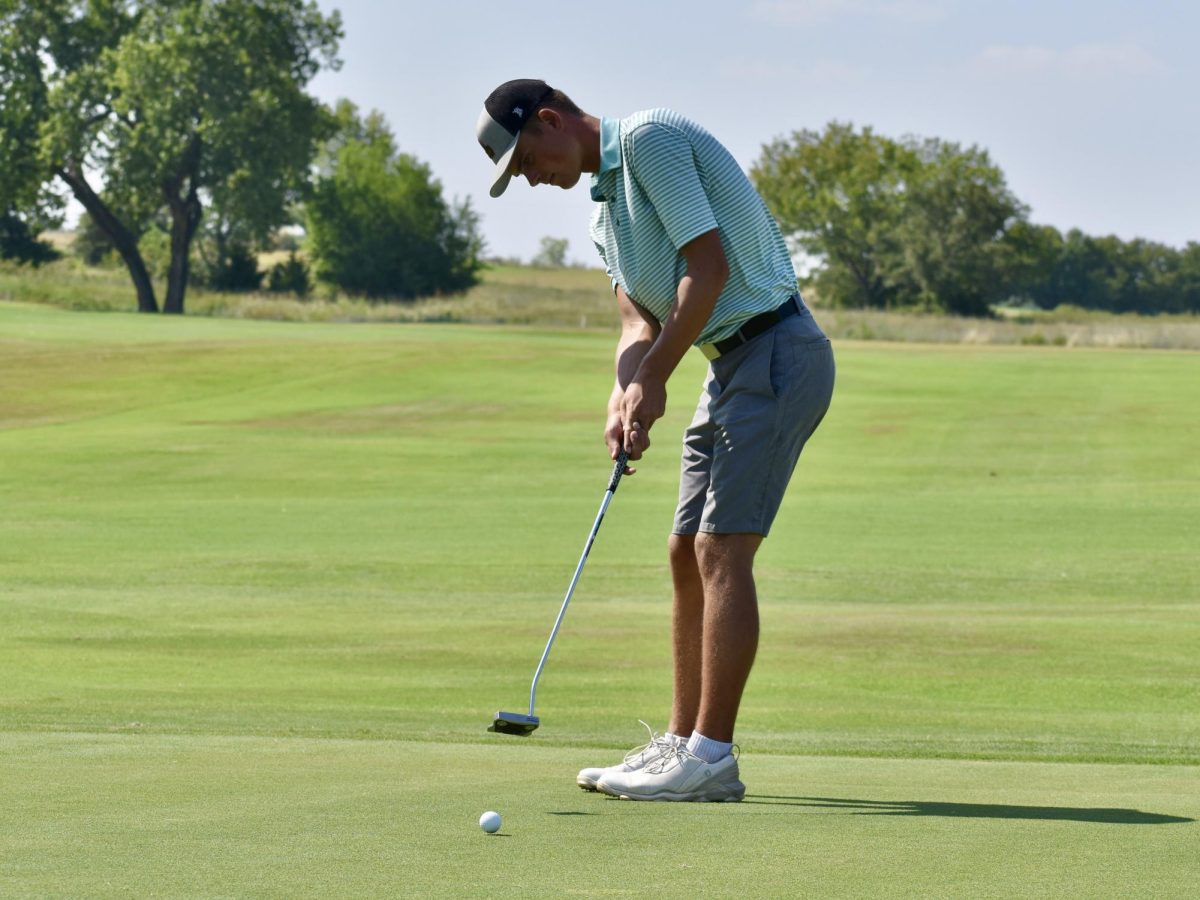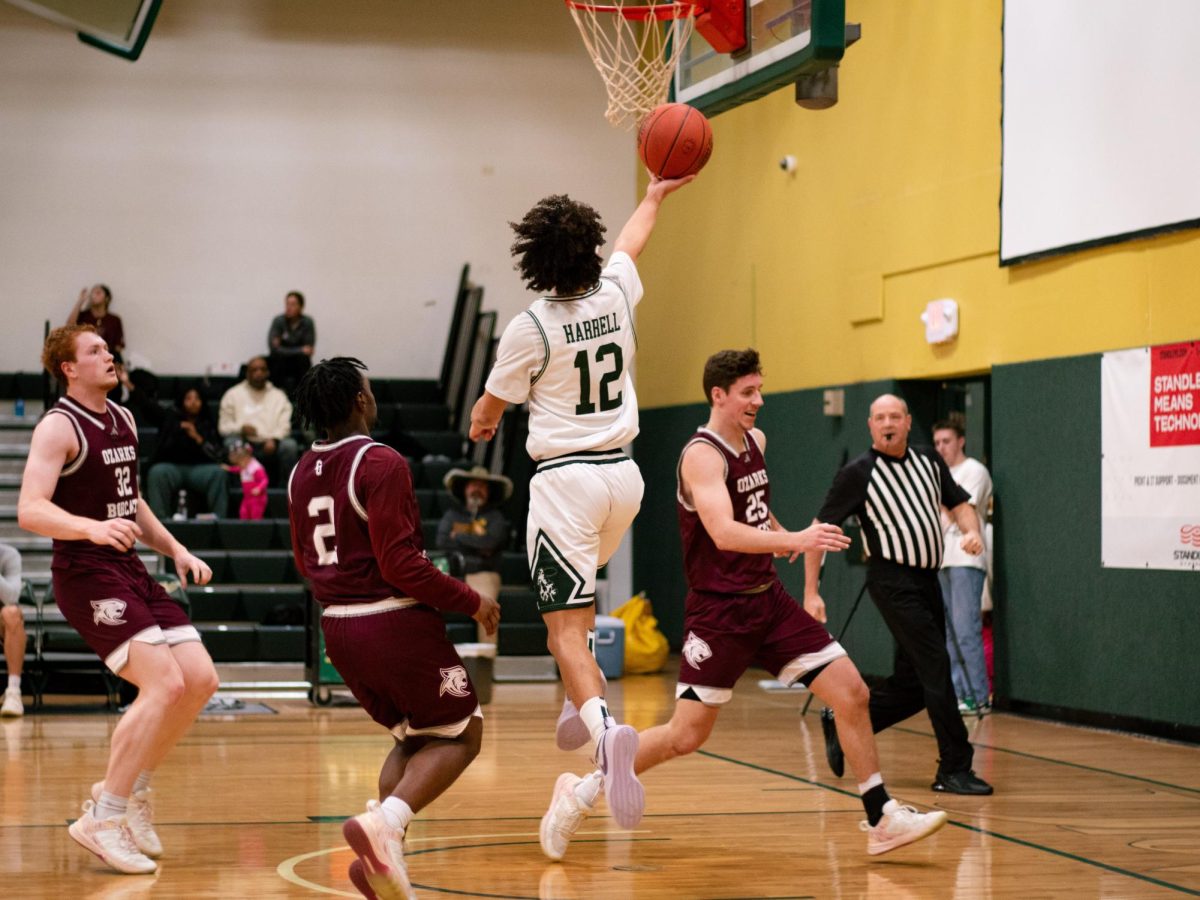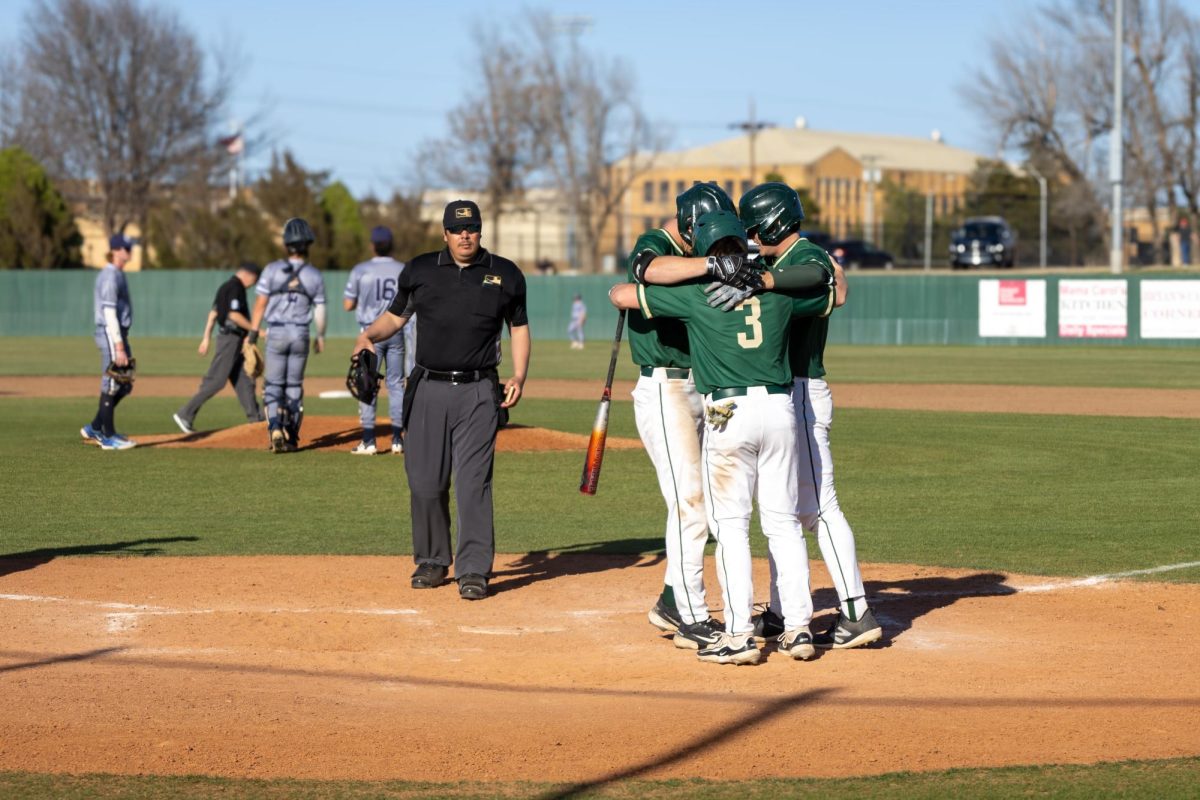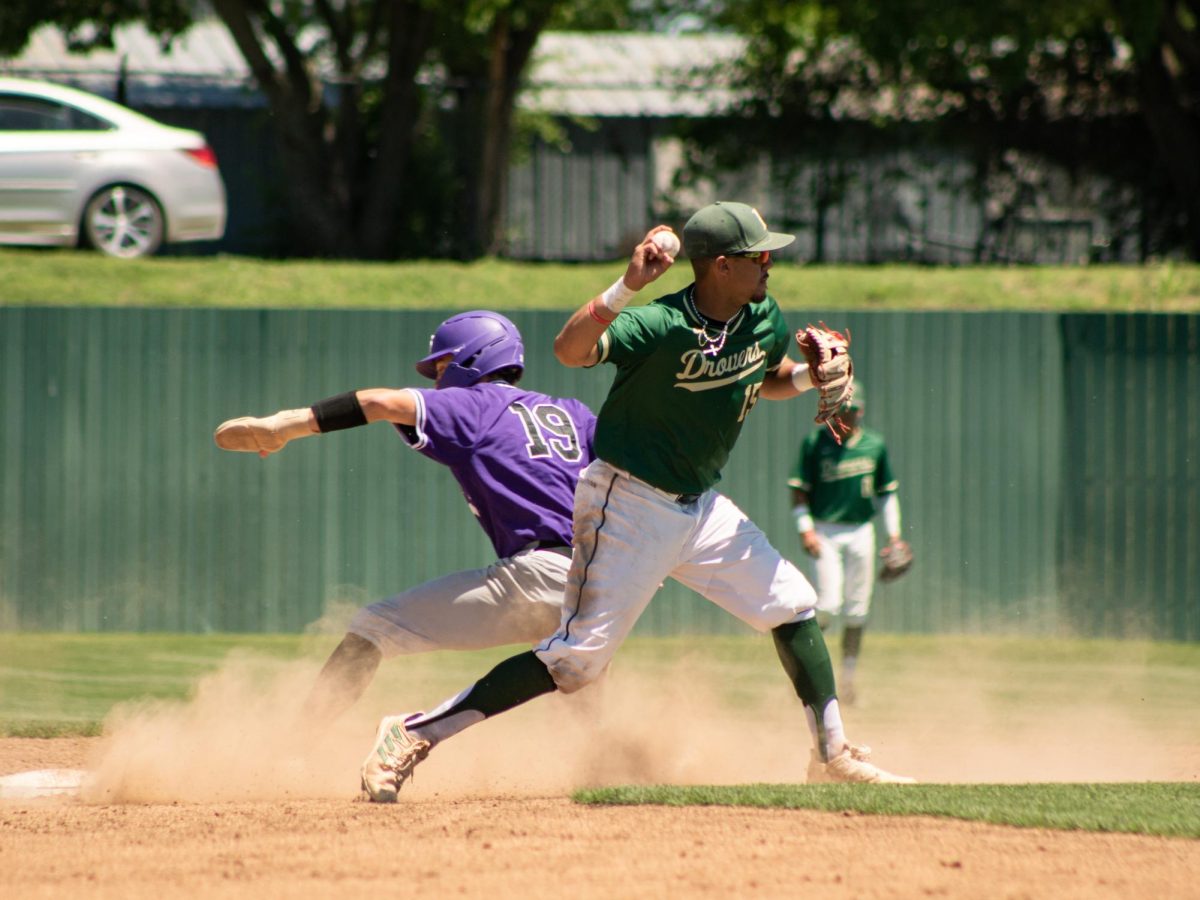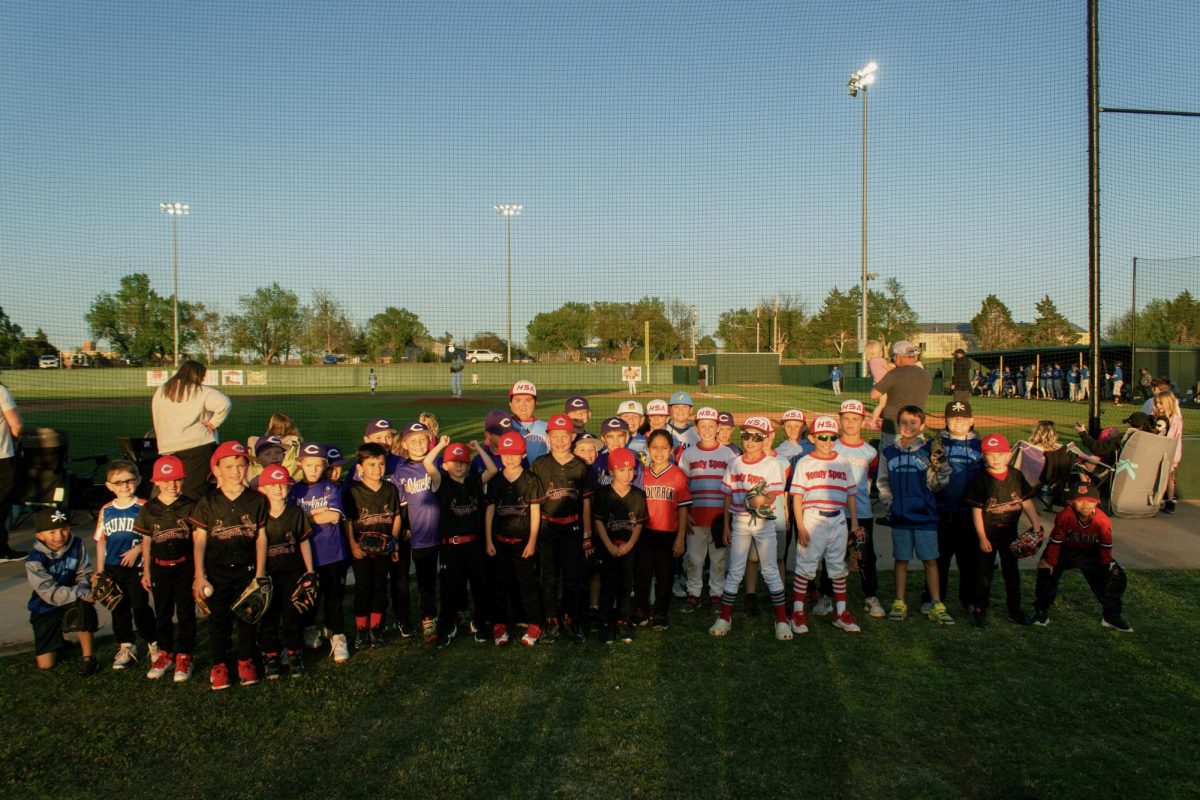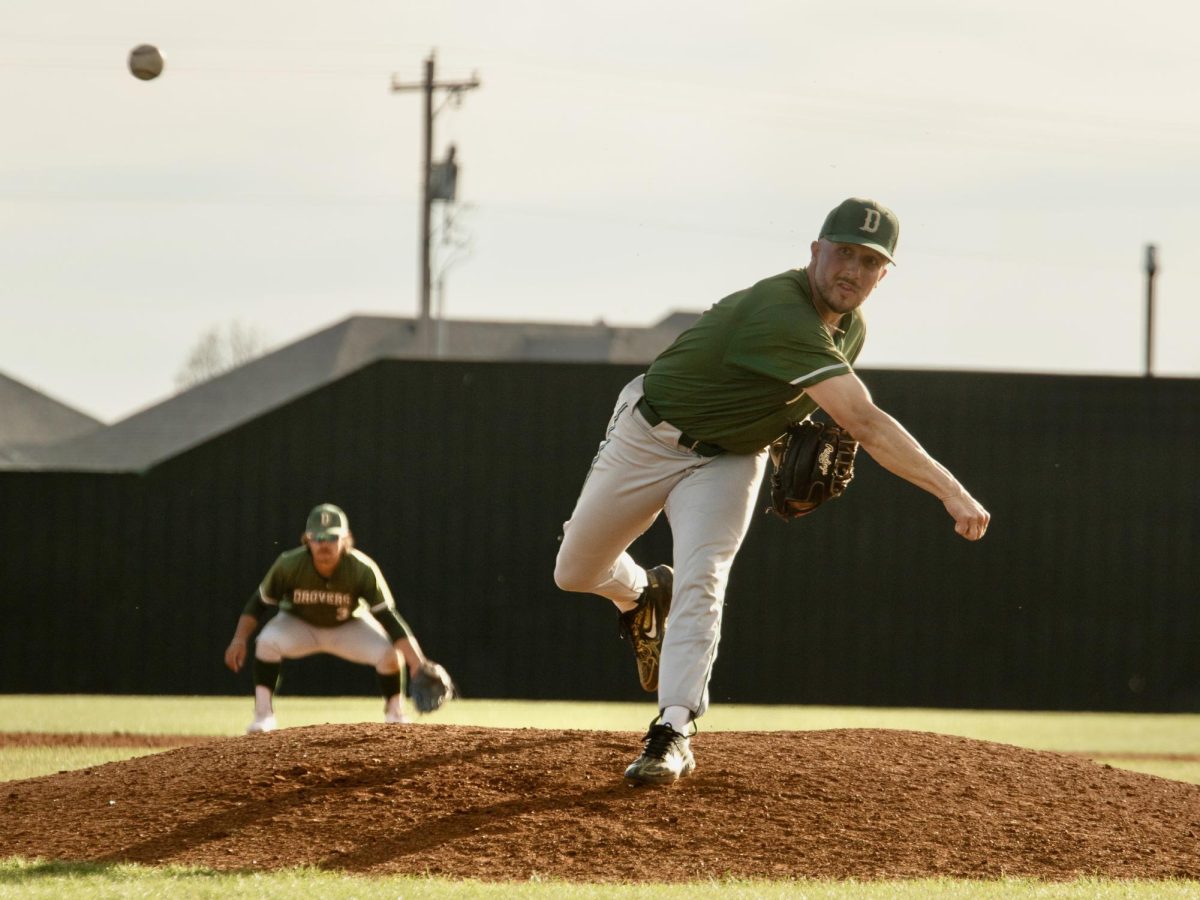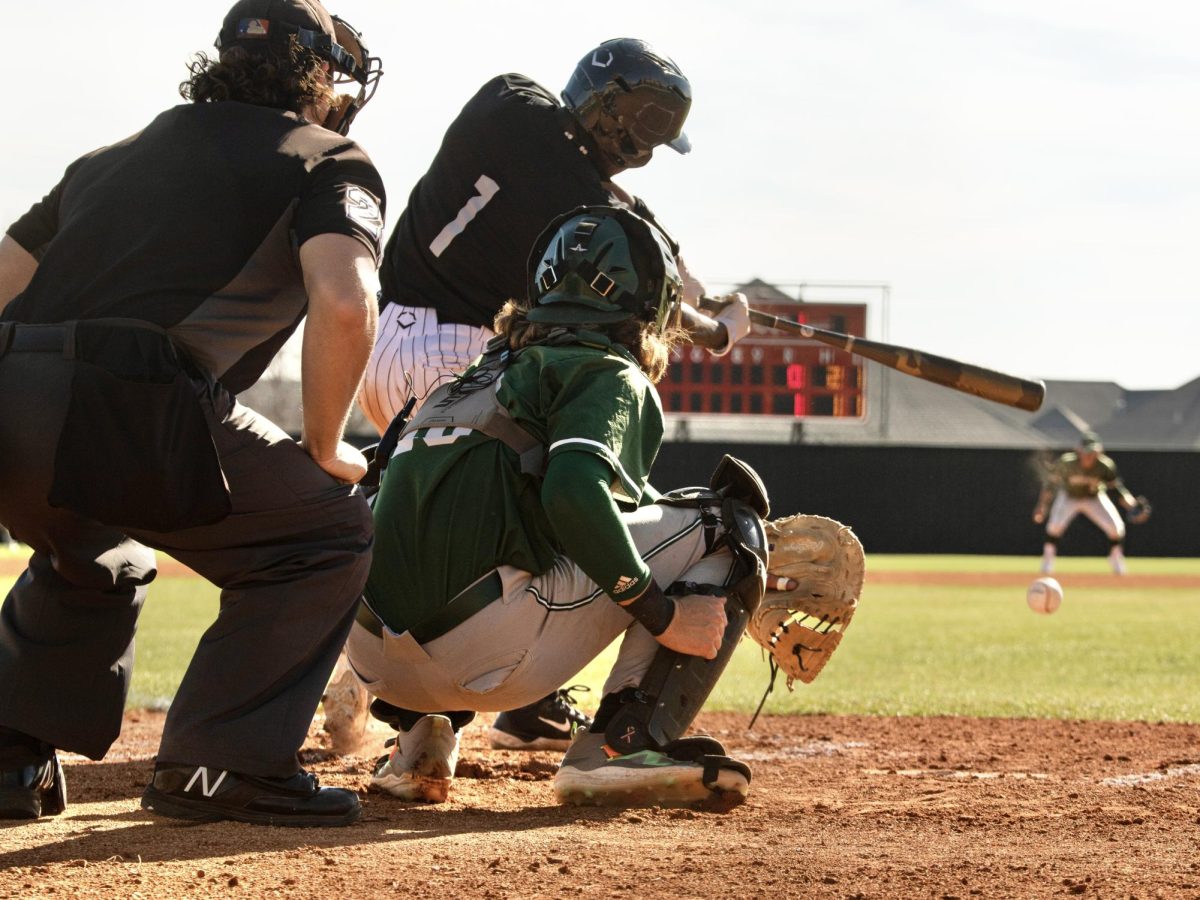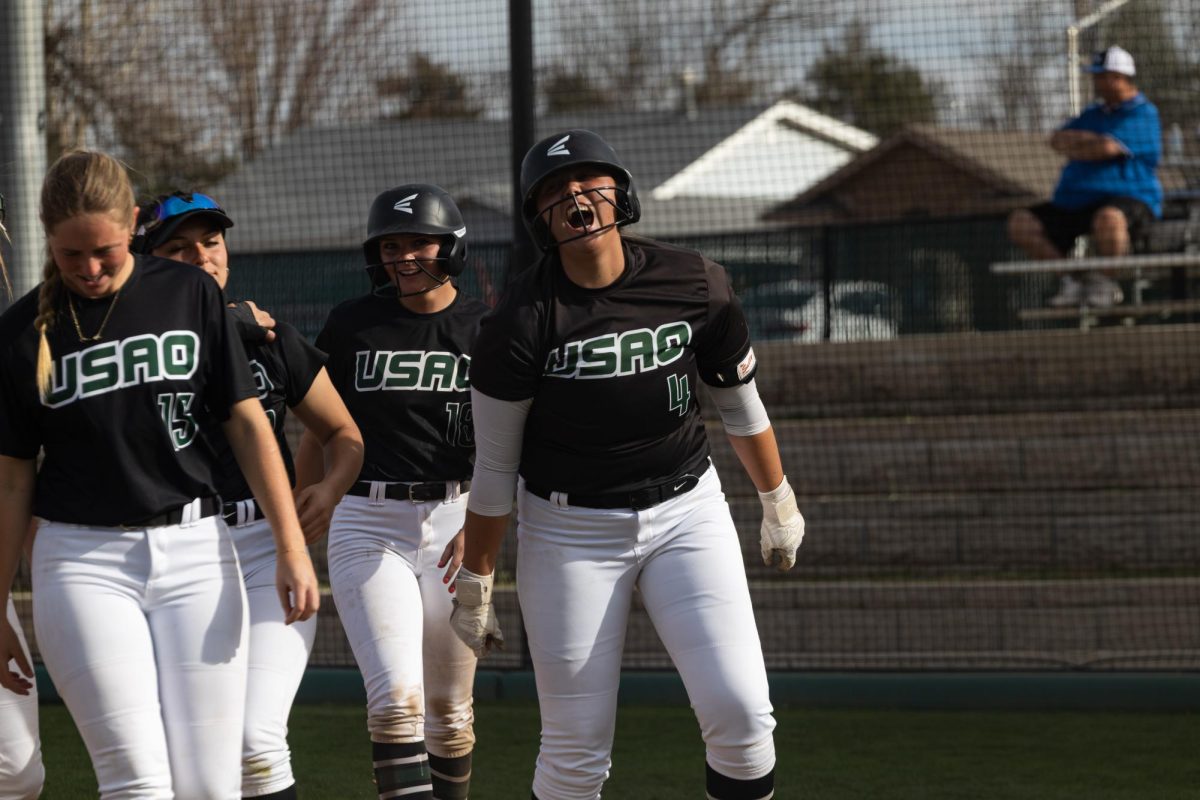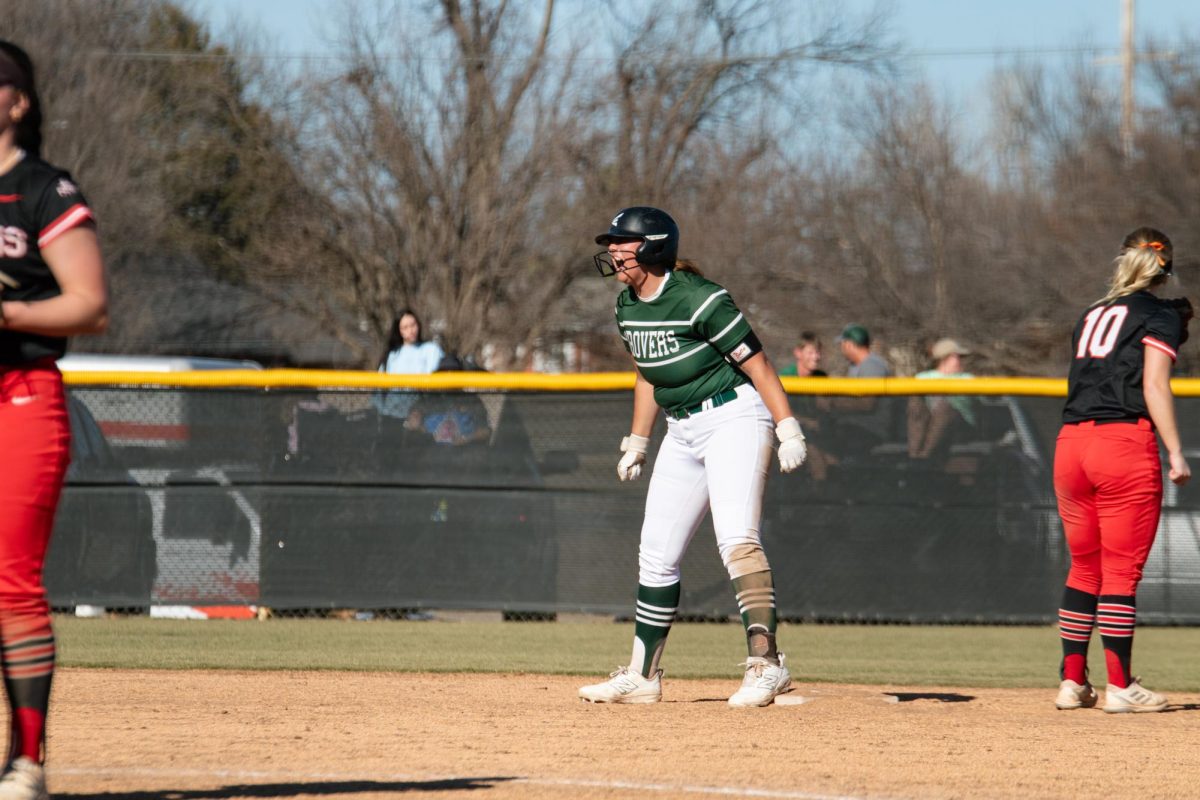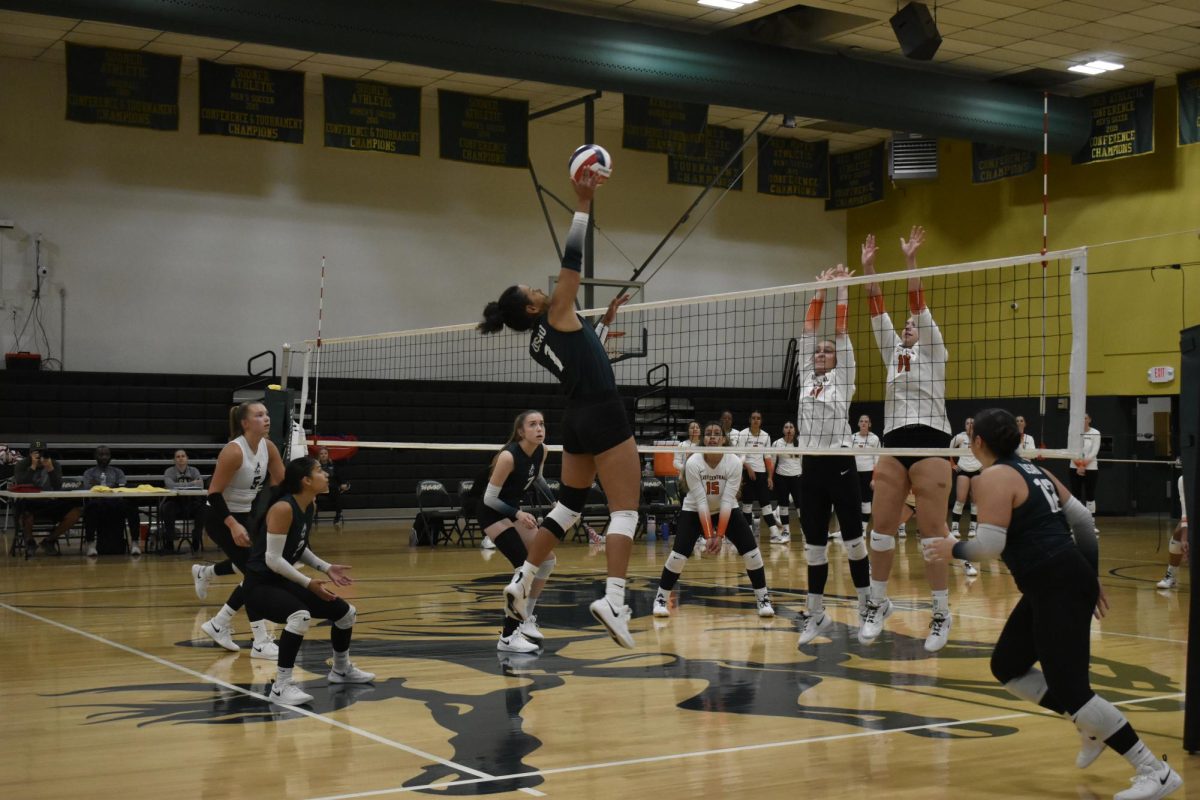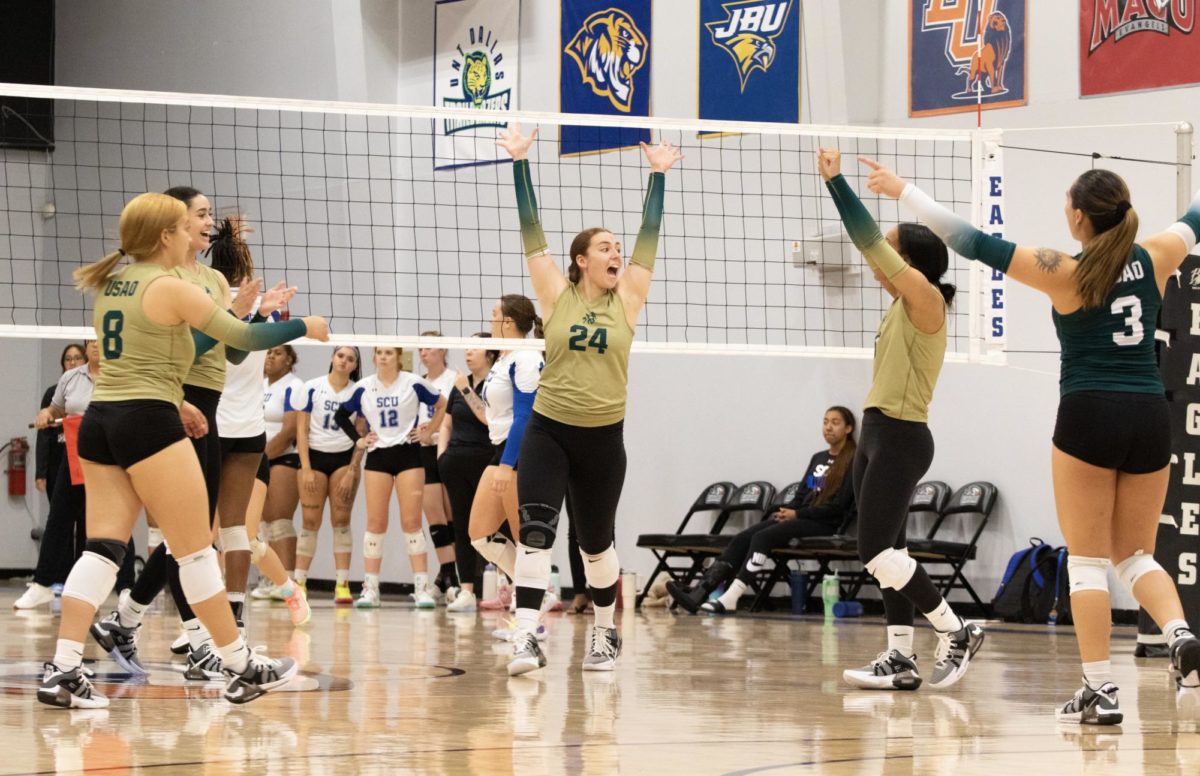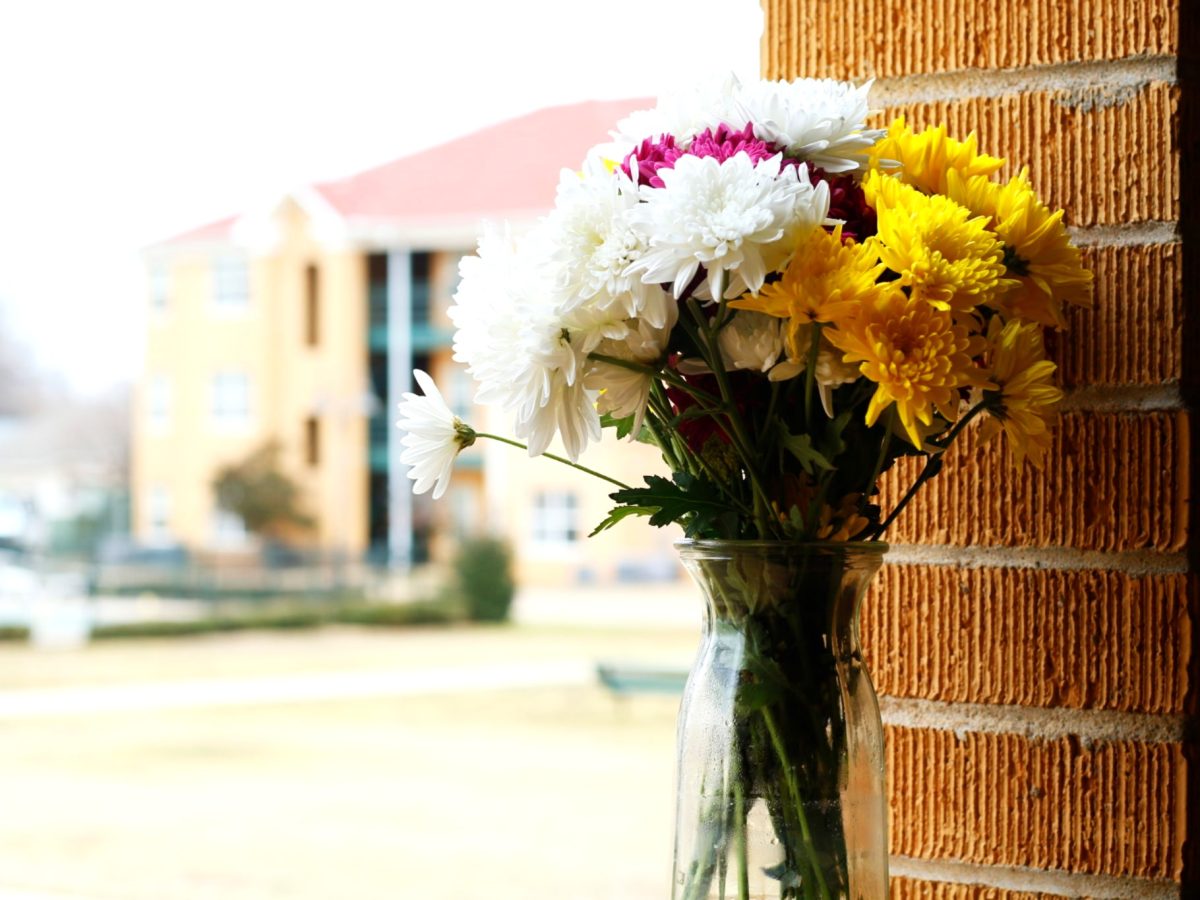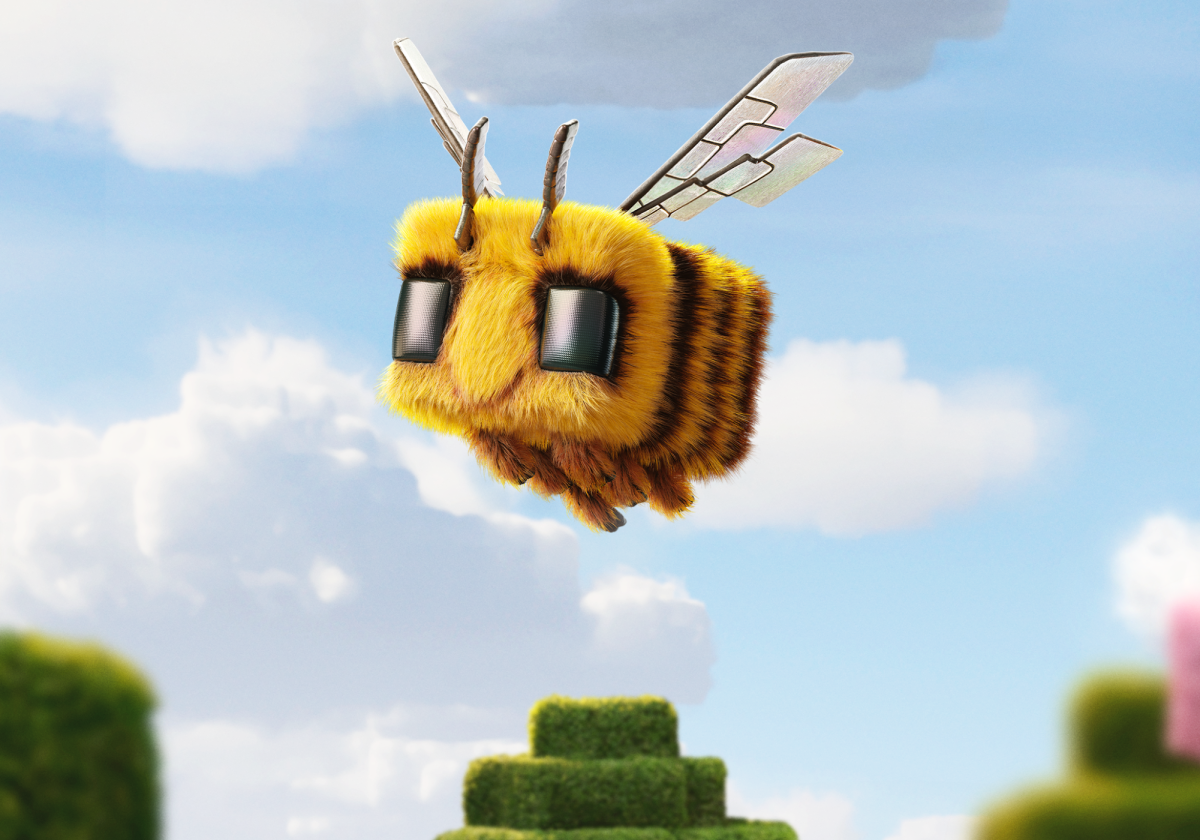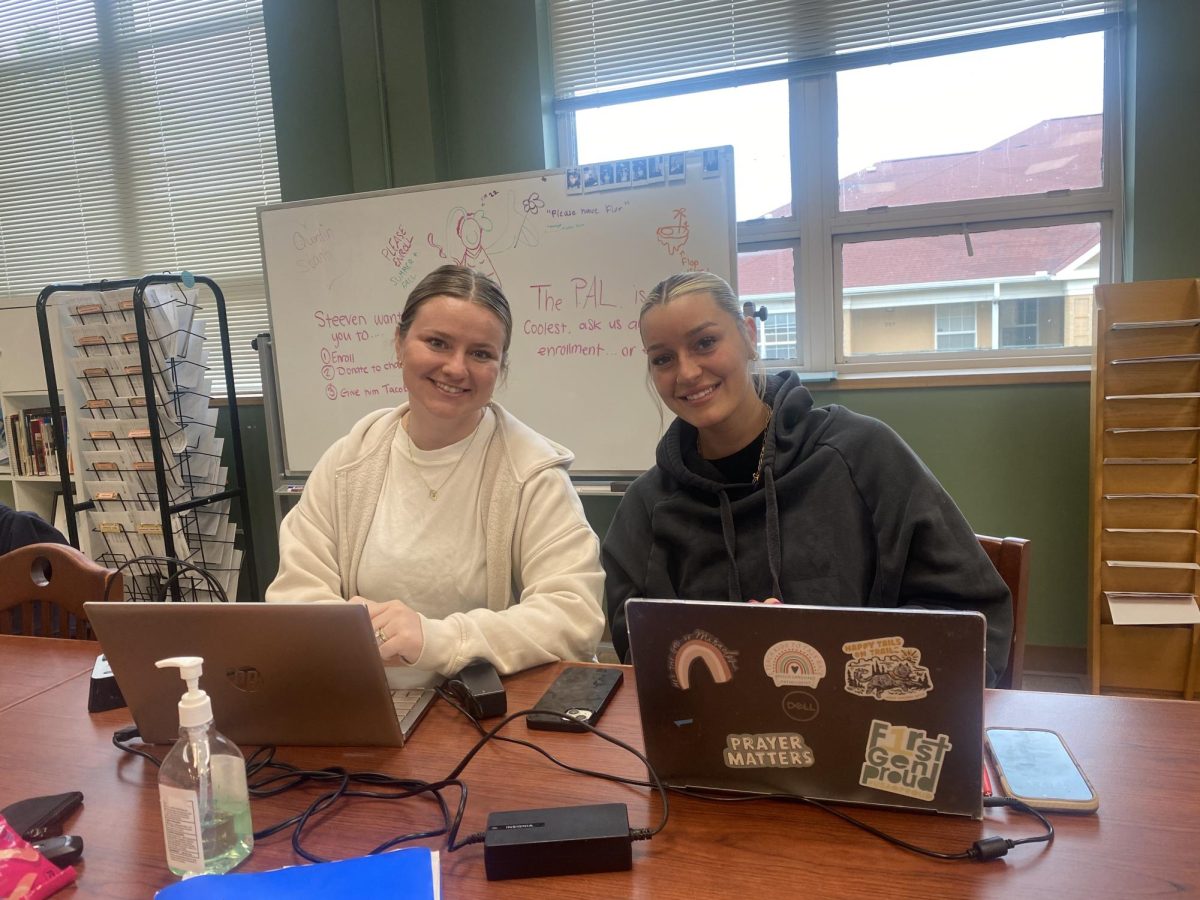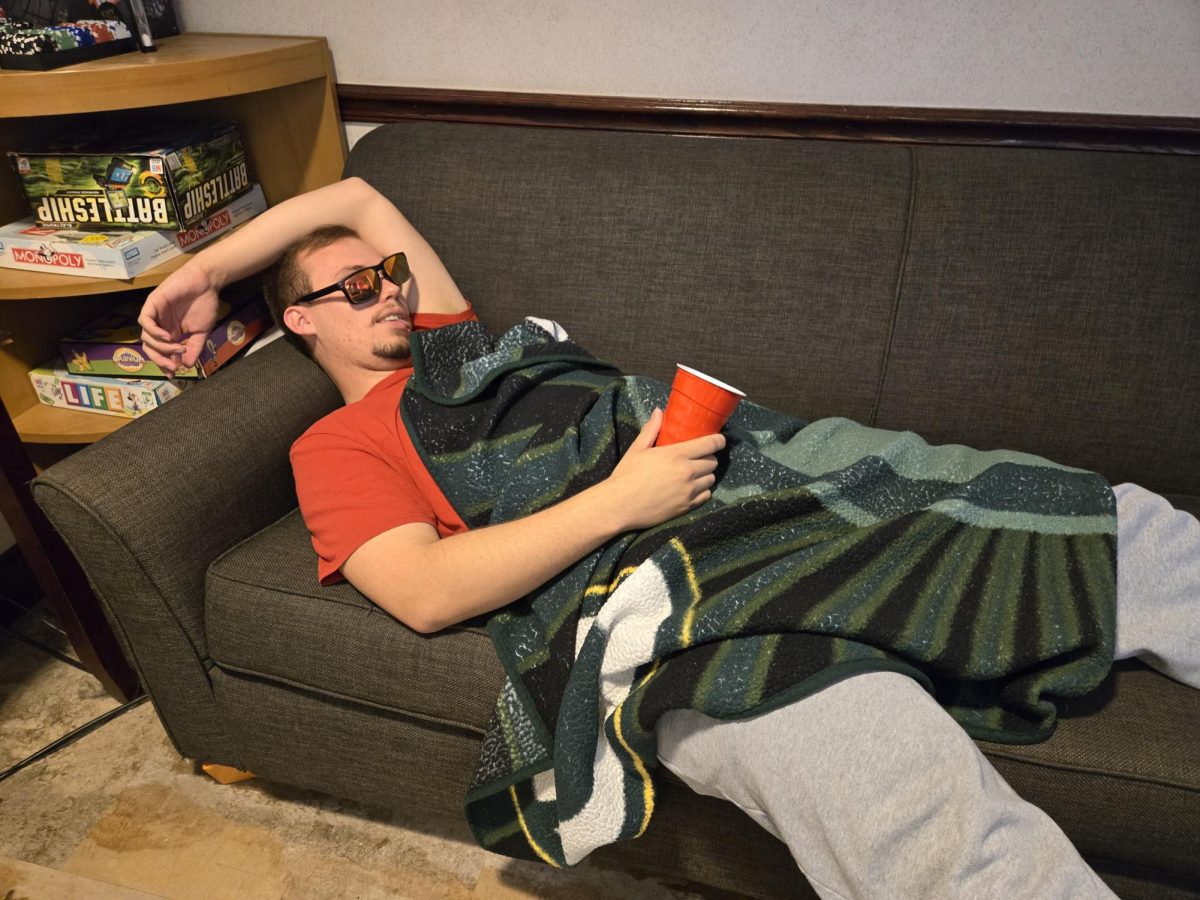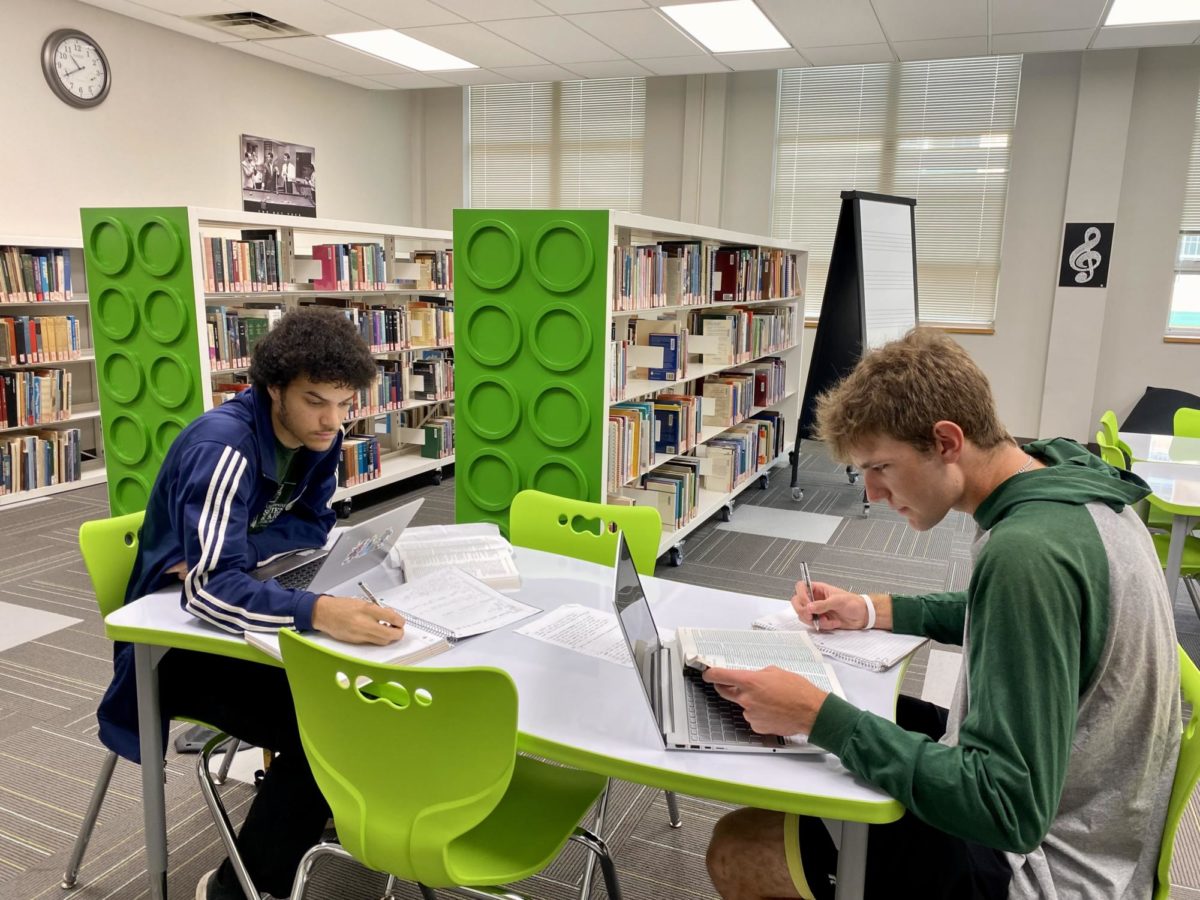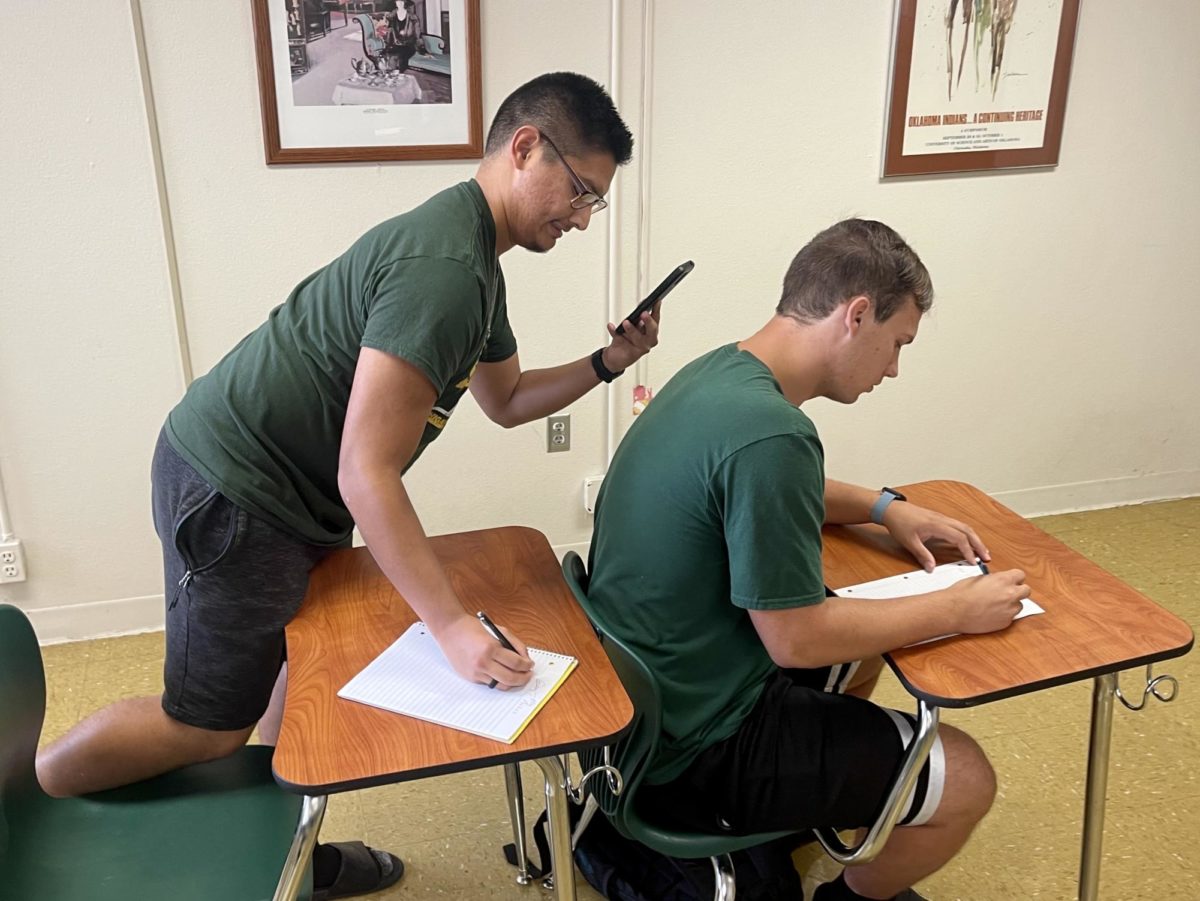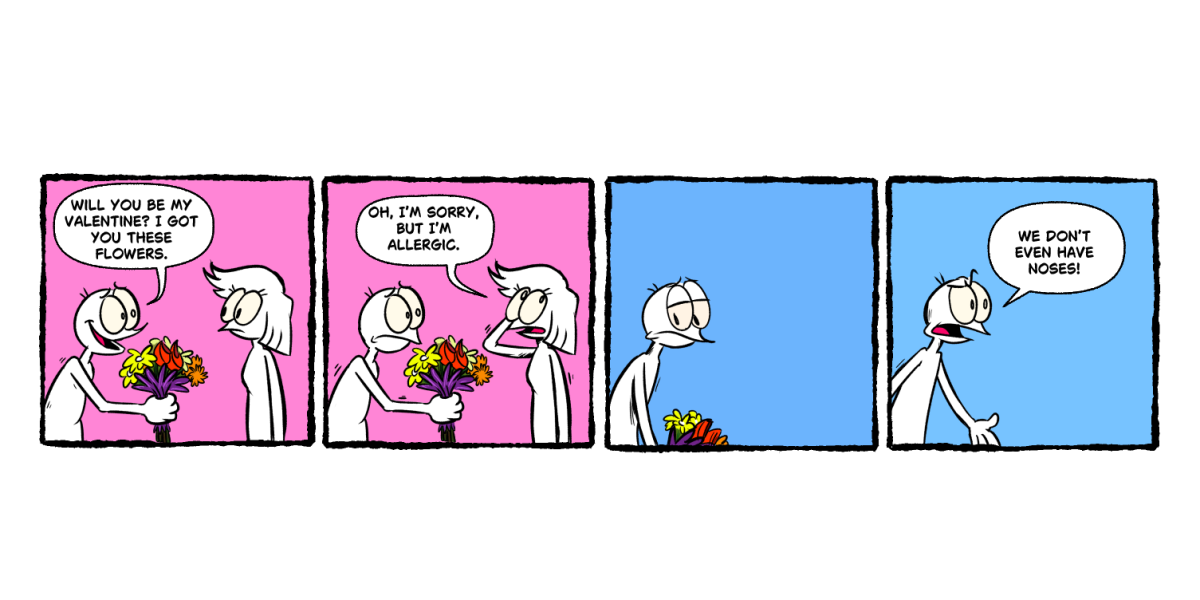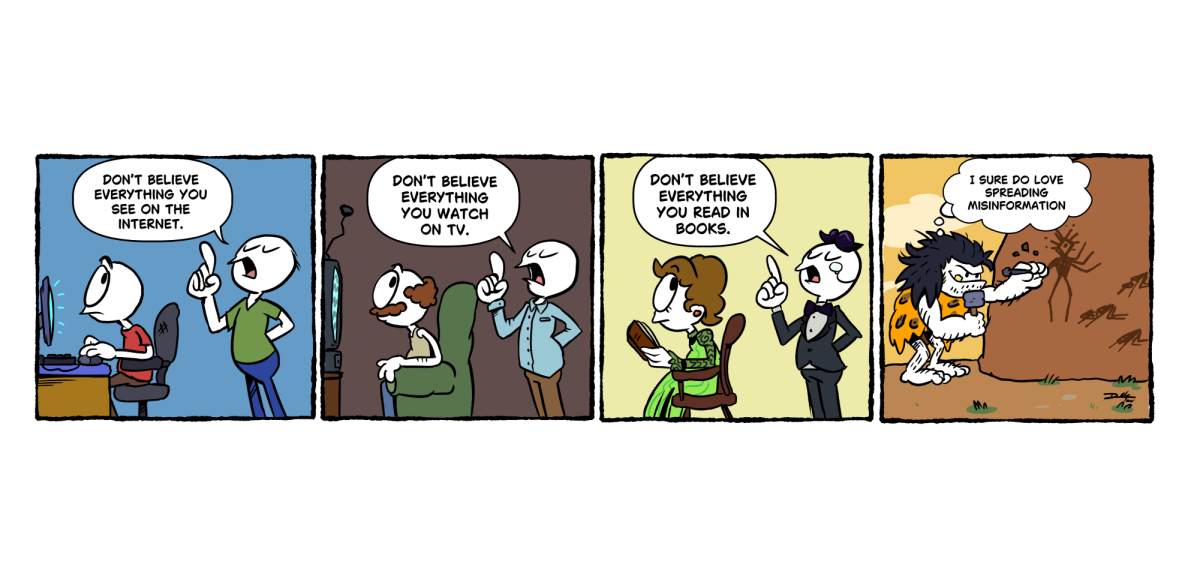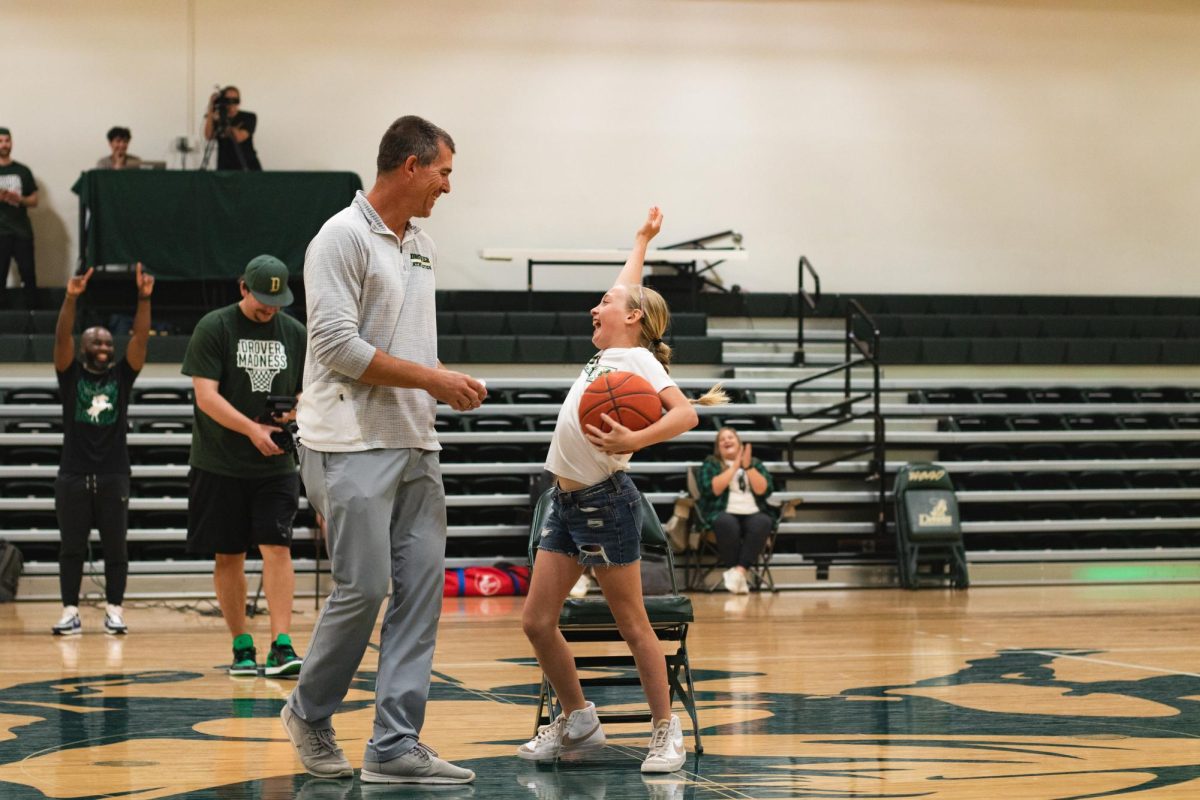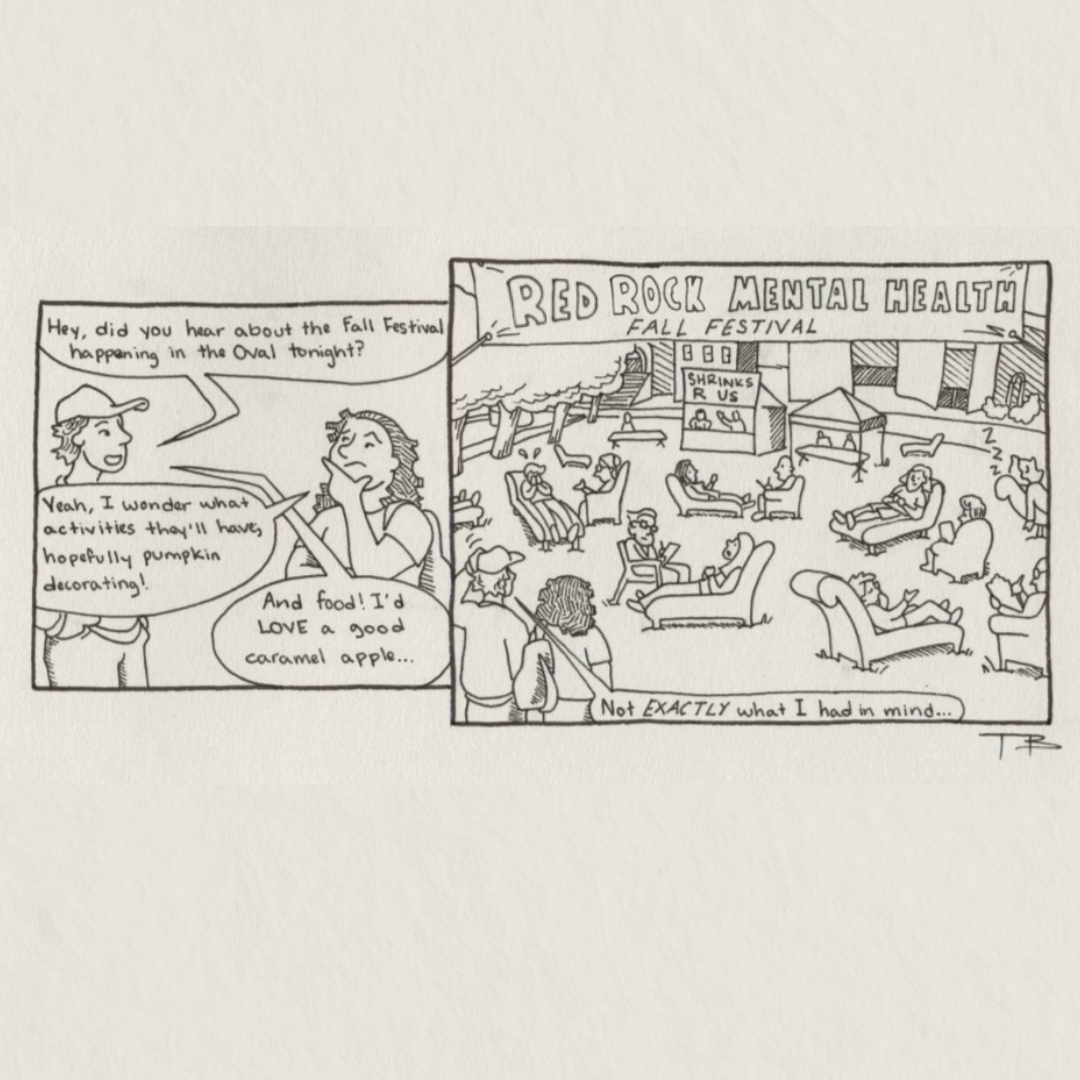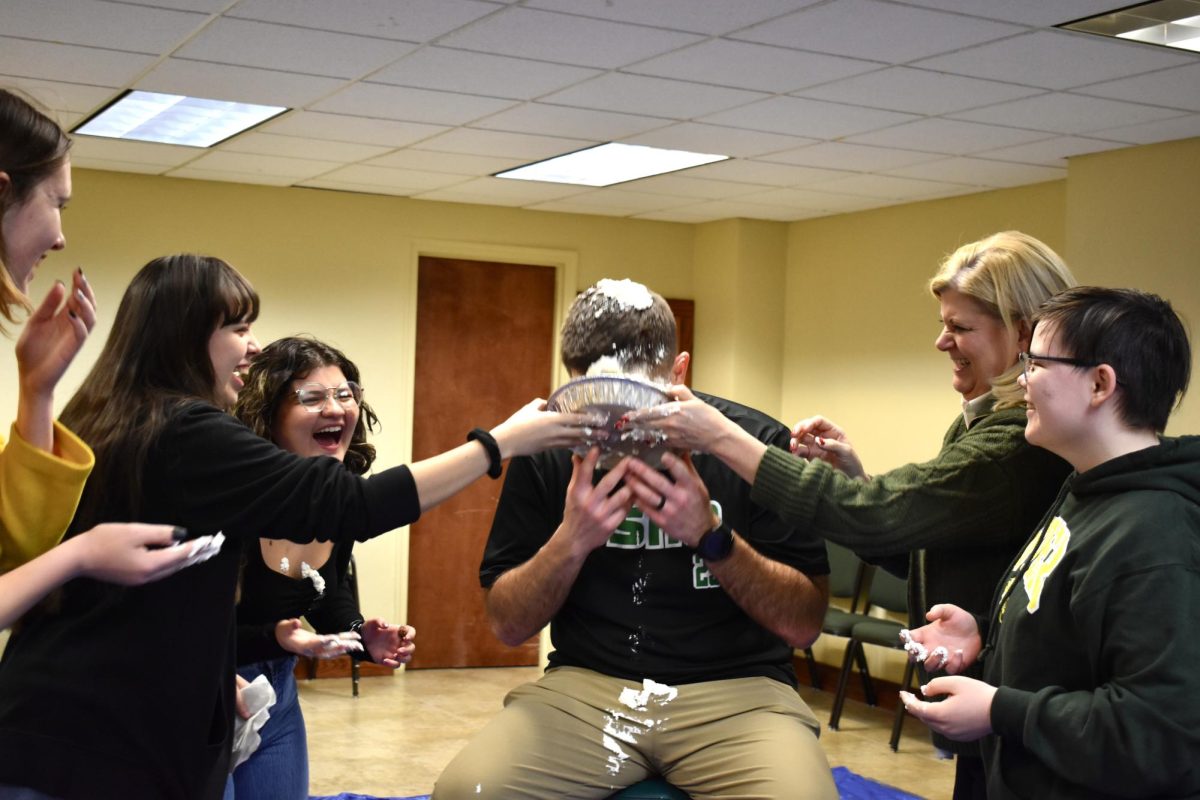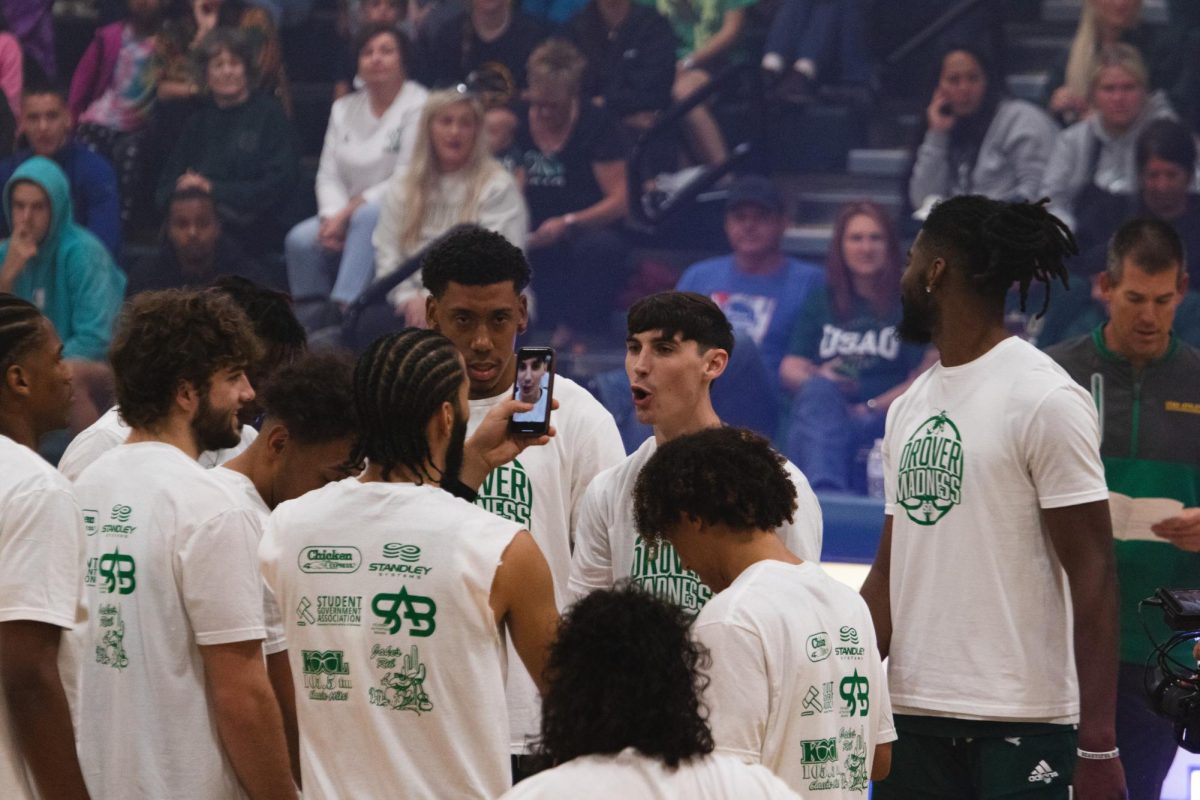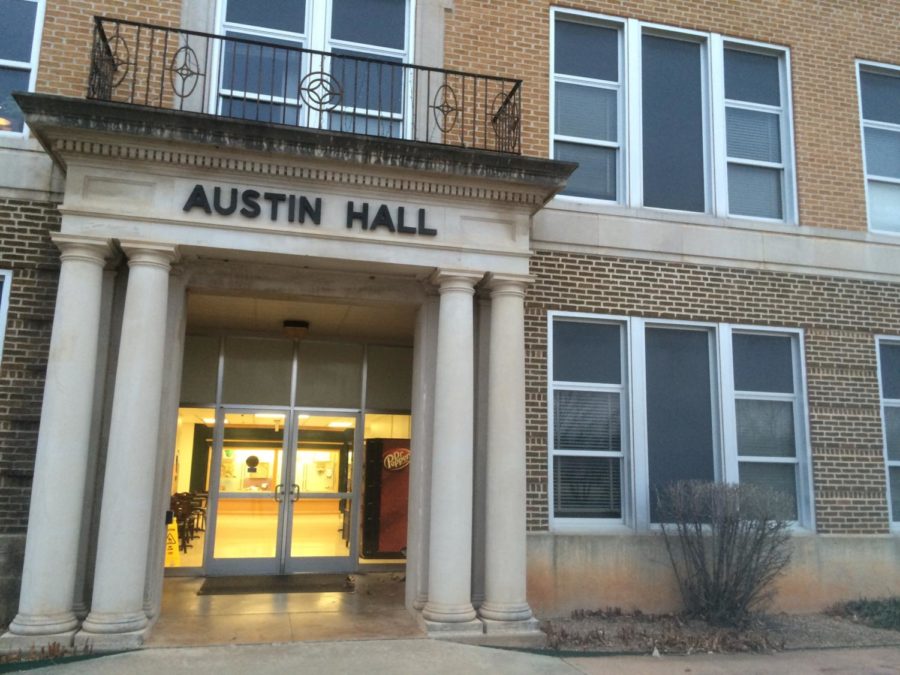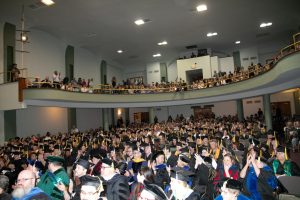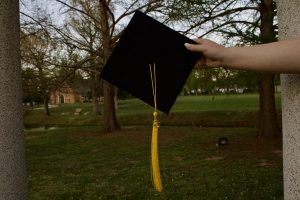Takeover of the Wasps?
Austin Hall has seen a dramatic increase of wasps, with one professor killing 47 wasps within three hours.
January 23, 2016
There has recently been a problem with wasps in Austin Hall. The wasp infestation was first brought to The Trend’s attention from a few lab students.
Professor Leah Oxenford, lab instructor, experienced many problems with the wasps in her labs. She said the high point of the infestation was during the fall 2015 trimester. It is not currently as bad because the cold weather has made them disappear for the time being. The wasps were mostly on the third floor, which is where all the labs are located.
The infestation was so bad that it affected the classes. It created a “non-ideal teaching environment,” according to Oxenford. She also said she often had to split up her labs into two different rooms because some of the students couldn’t concentrate; they were afraid of being stung. There were also some students who were allergic.
Just so you know, we’re not talking a couple of wasps here and there. Oxenford’s record is killing 47 wasps within a three-hour class period.
Matthew Tsonetokoy, junior chemistry and biology major, was one of the students who had to relocate during one of his labs. According to Tsonetokoy, the wasps flying around in the lab were “pretty inconvenient for everyone.” He recalled one instance in which a wasp flew into his hair.
“The wasp problem is really kind of an embarrassment for the whole building,” said Tsonetokoy. He said it is especially so when showing new or prospective students around.
So, the question is, has anything been done to address the issue? Fortunately, the answer is yes.
Dr. J.C. Sanders, chair of the division of science and physical education and professor of physics, said he has been aware of the issue for a while now. USAO maintenance sprayed in early December and the wasps have not been back since then, according to Dr. Sanders. He also said that maintenance put a vent block in one of the holes they thought the wasps may have been coming in through.
Both Dr. Sanders and Oxenford said the real problem is that no one can figure out the source. While they spray to address the wasps, they have not yet discovered where the nest is, which is the real issue.
“I would anticipate it will happen again when the weather gets warmer,” said Dr. Sanders.
For now, at least, the wasps are gone. Meanwhile, Dr. Sanders and maintenance are aware of the issue and trying to fix it.

